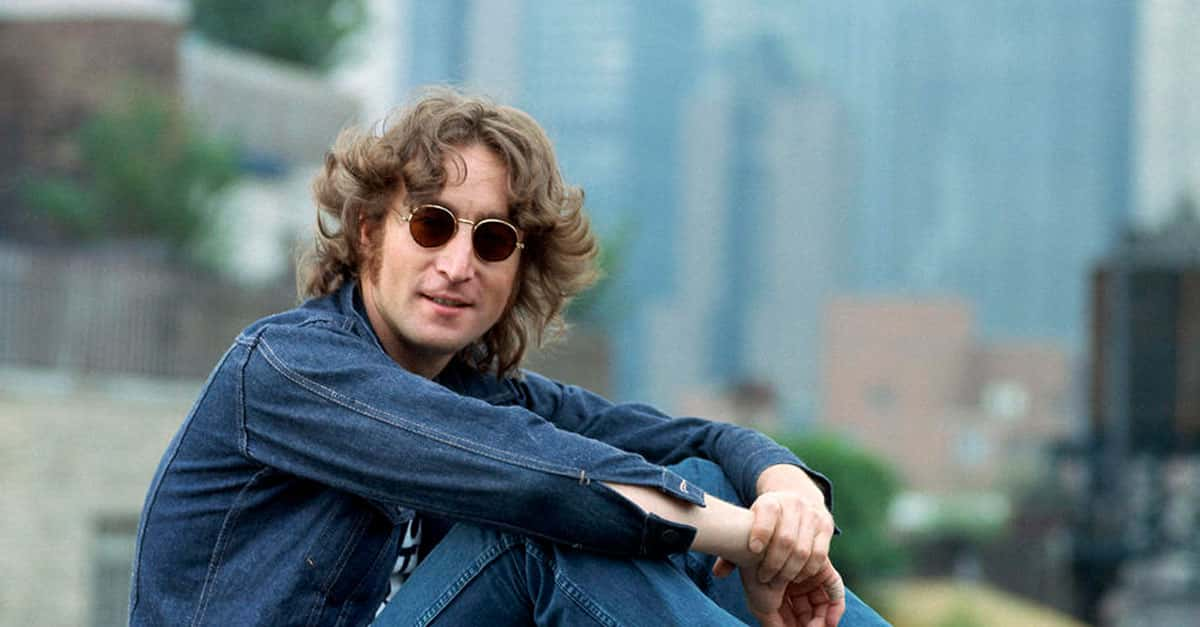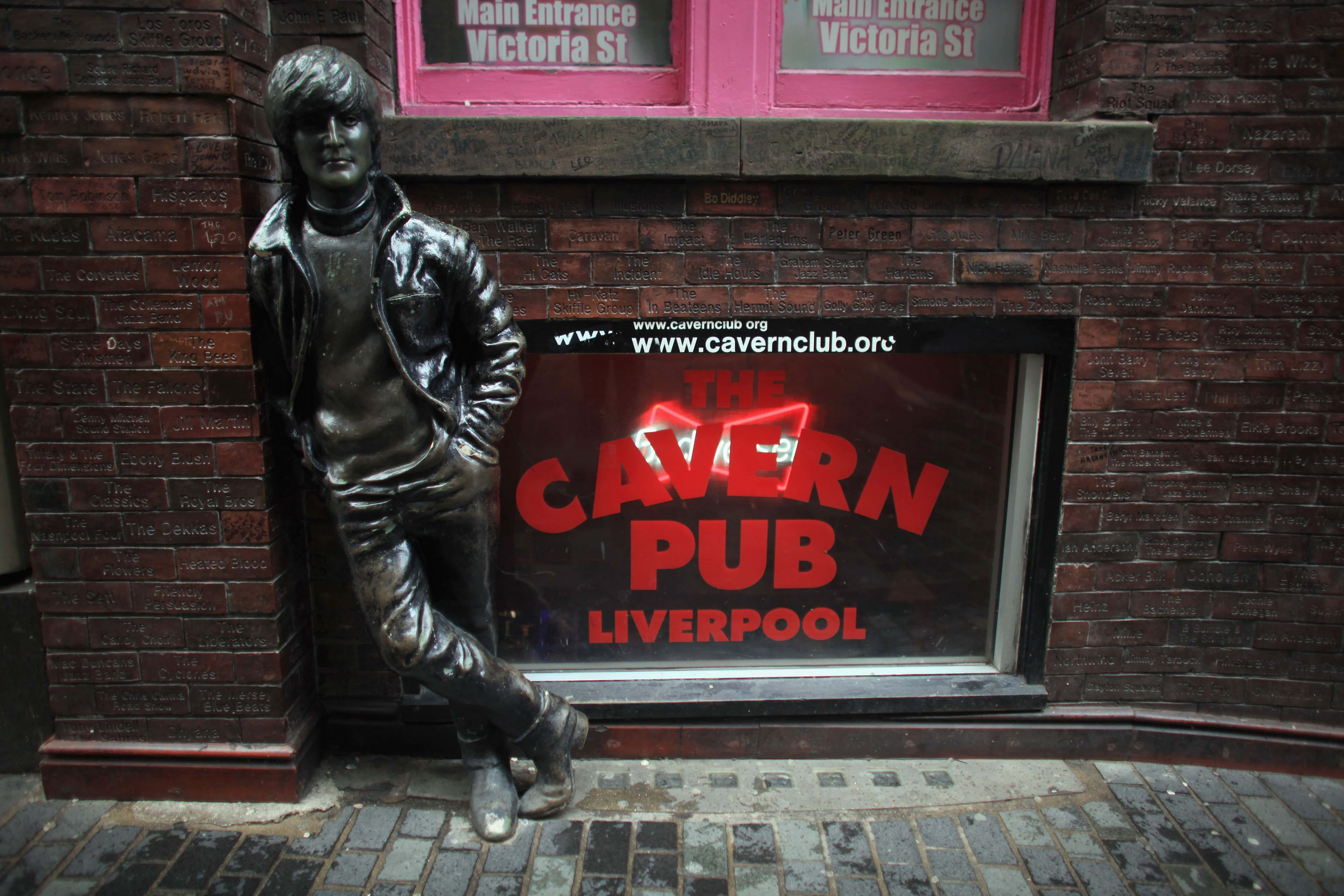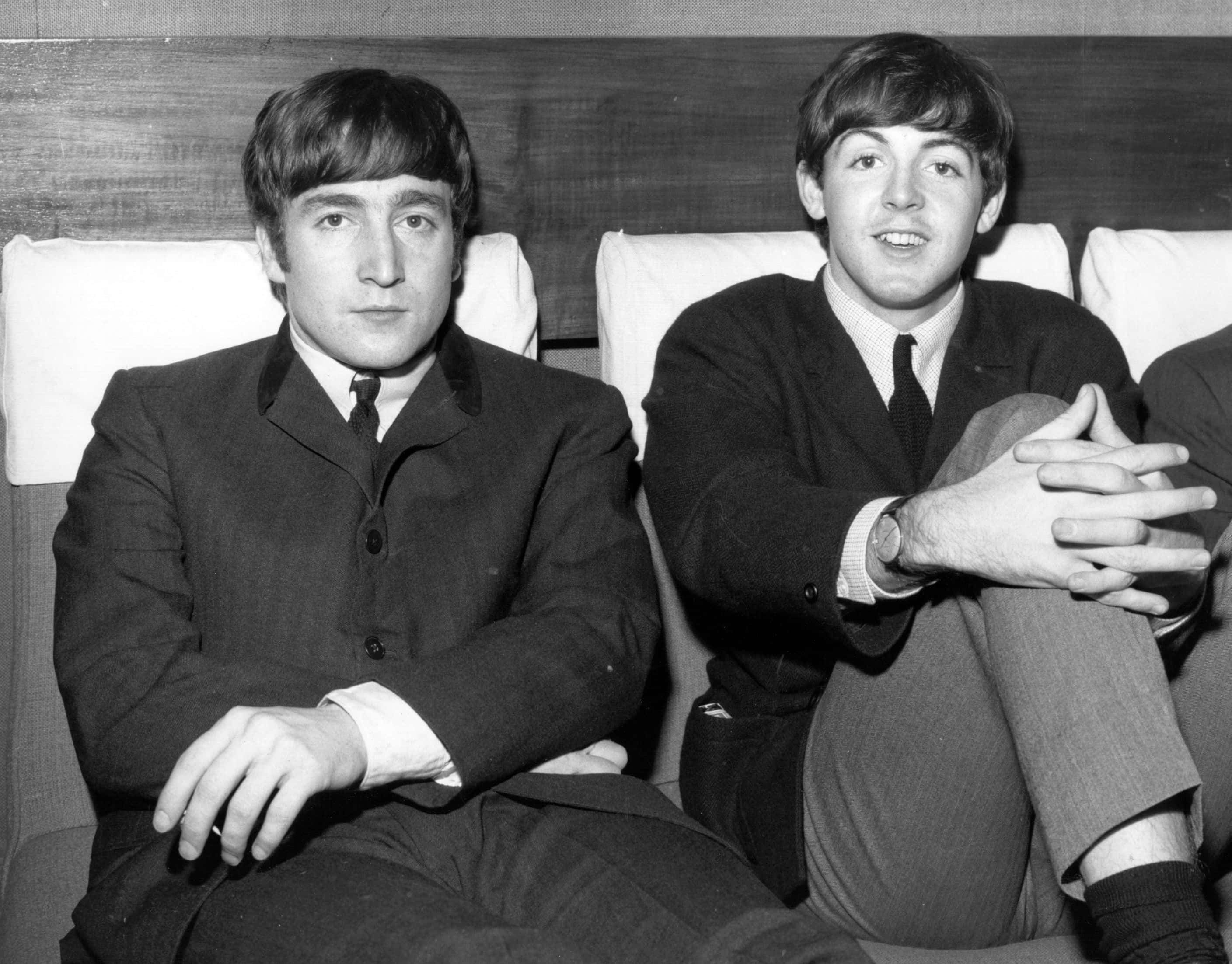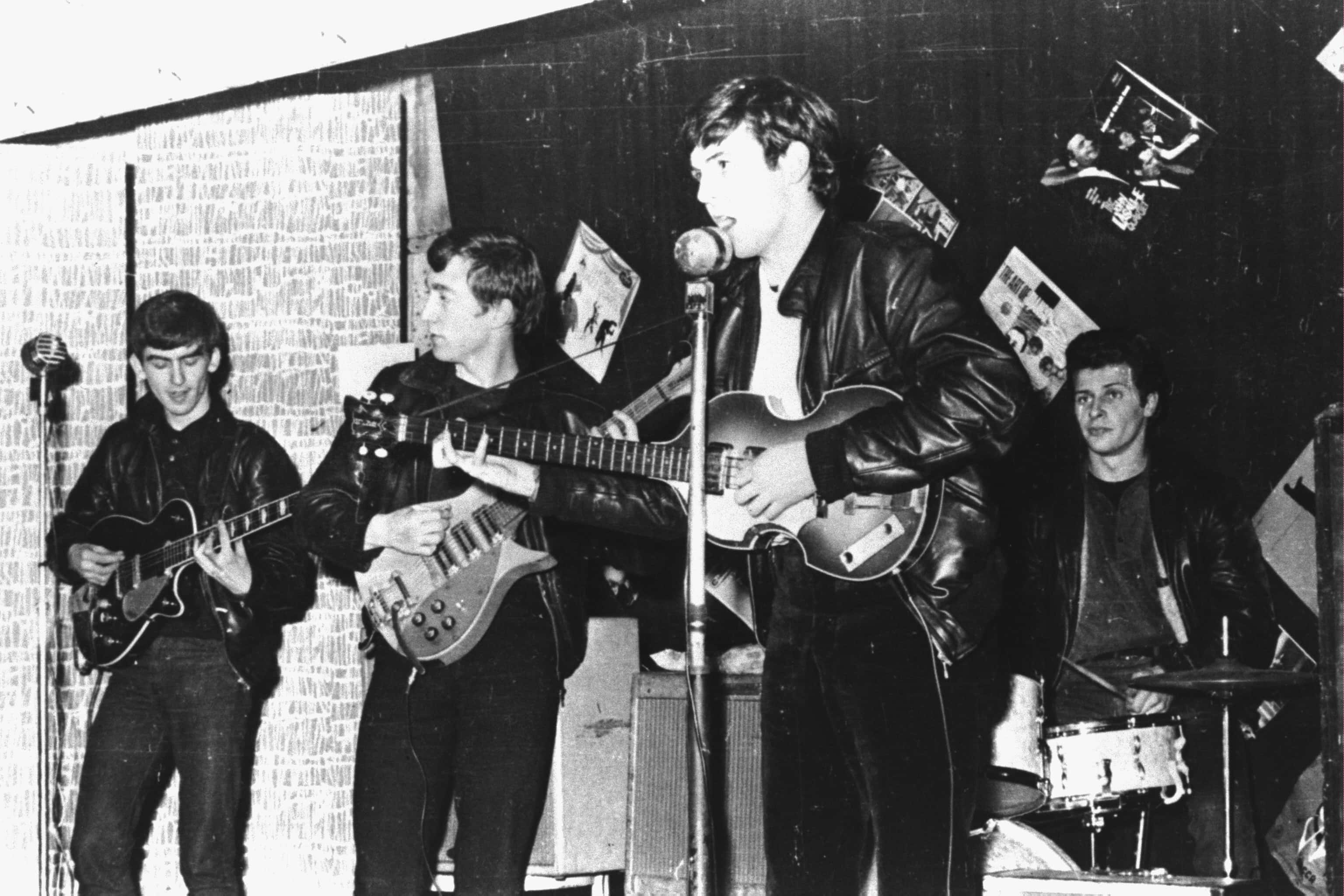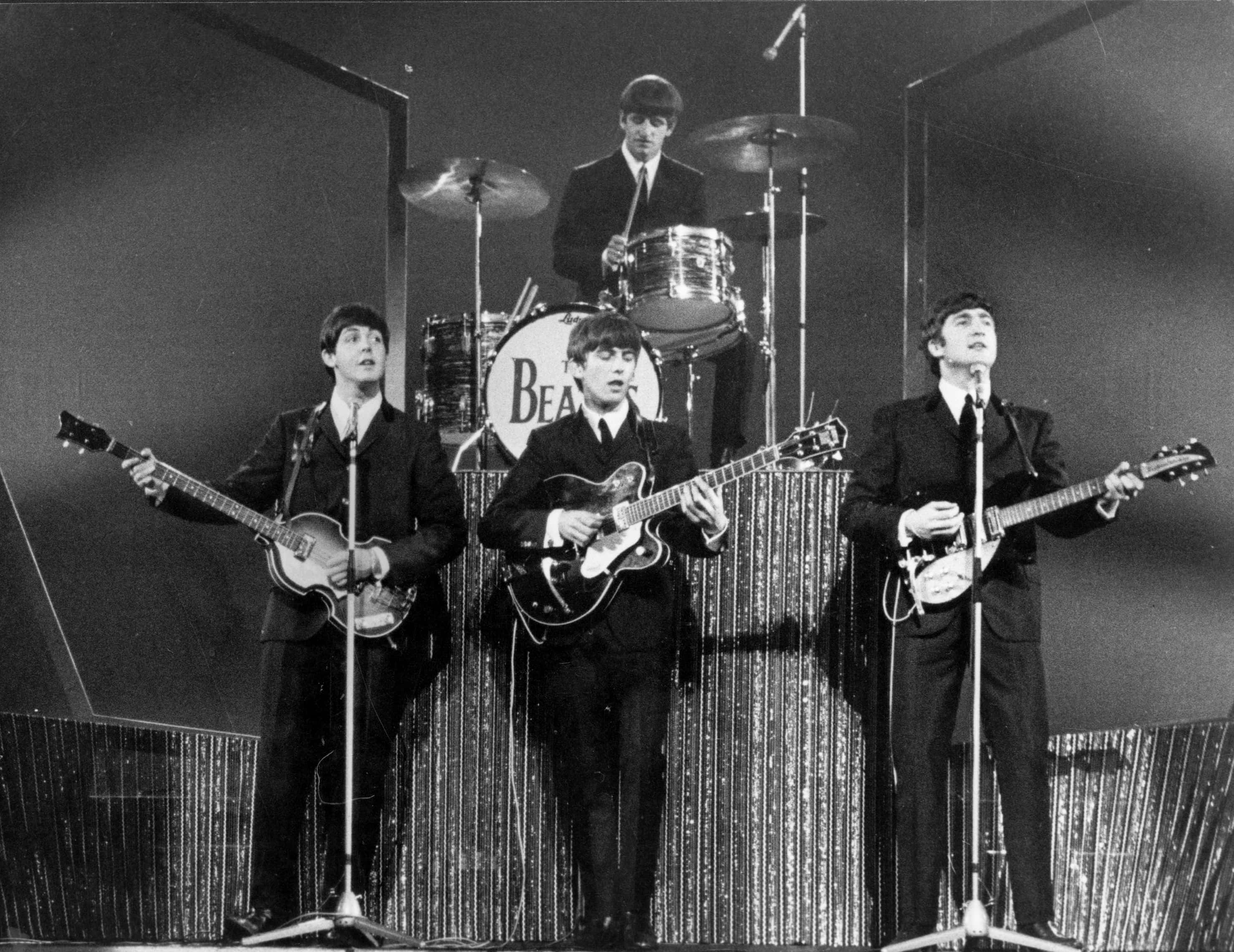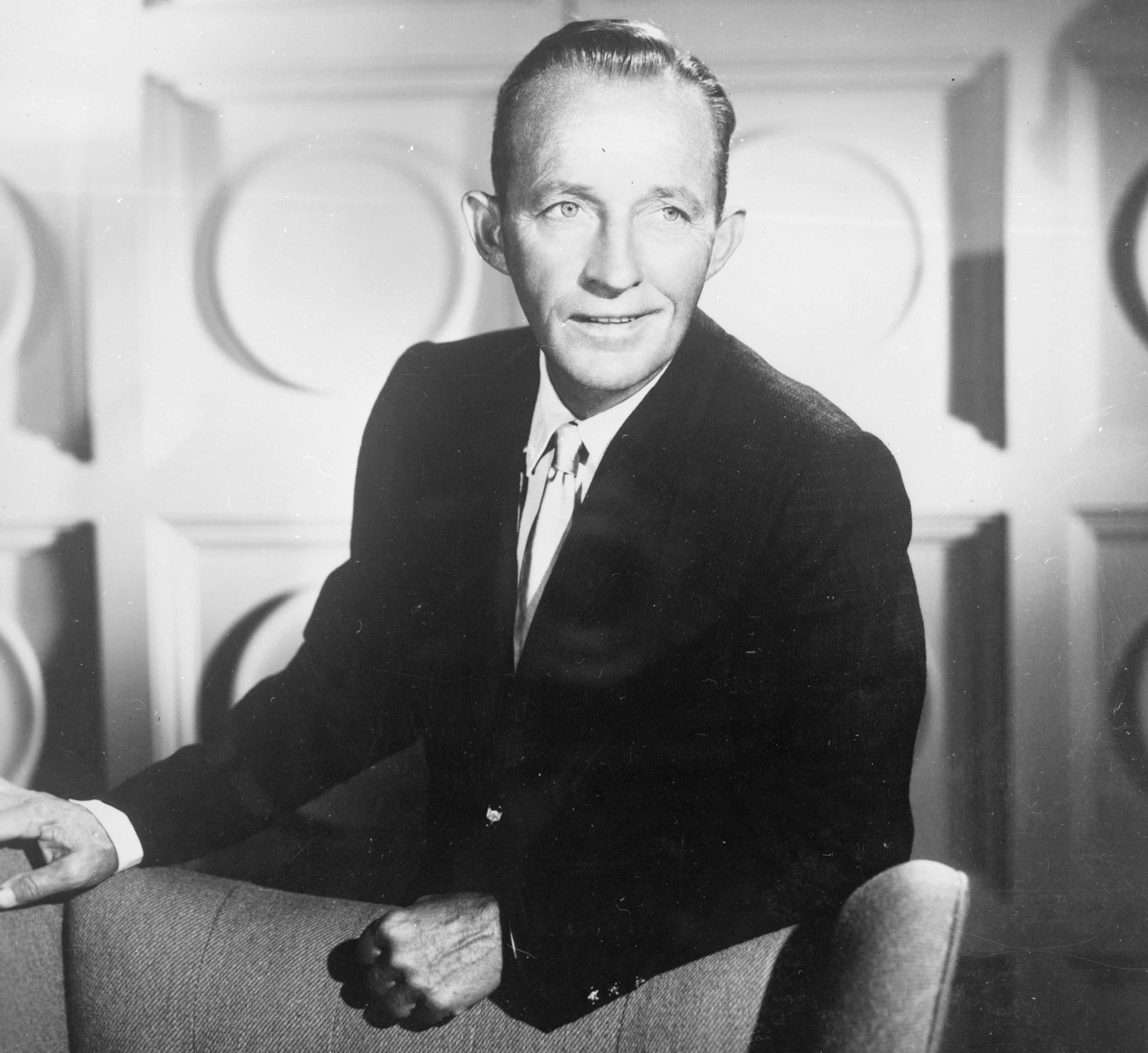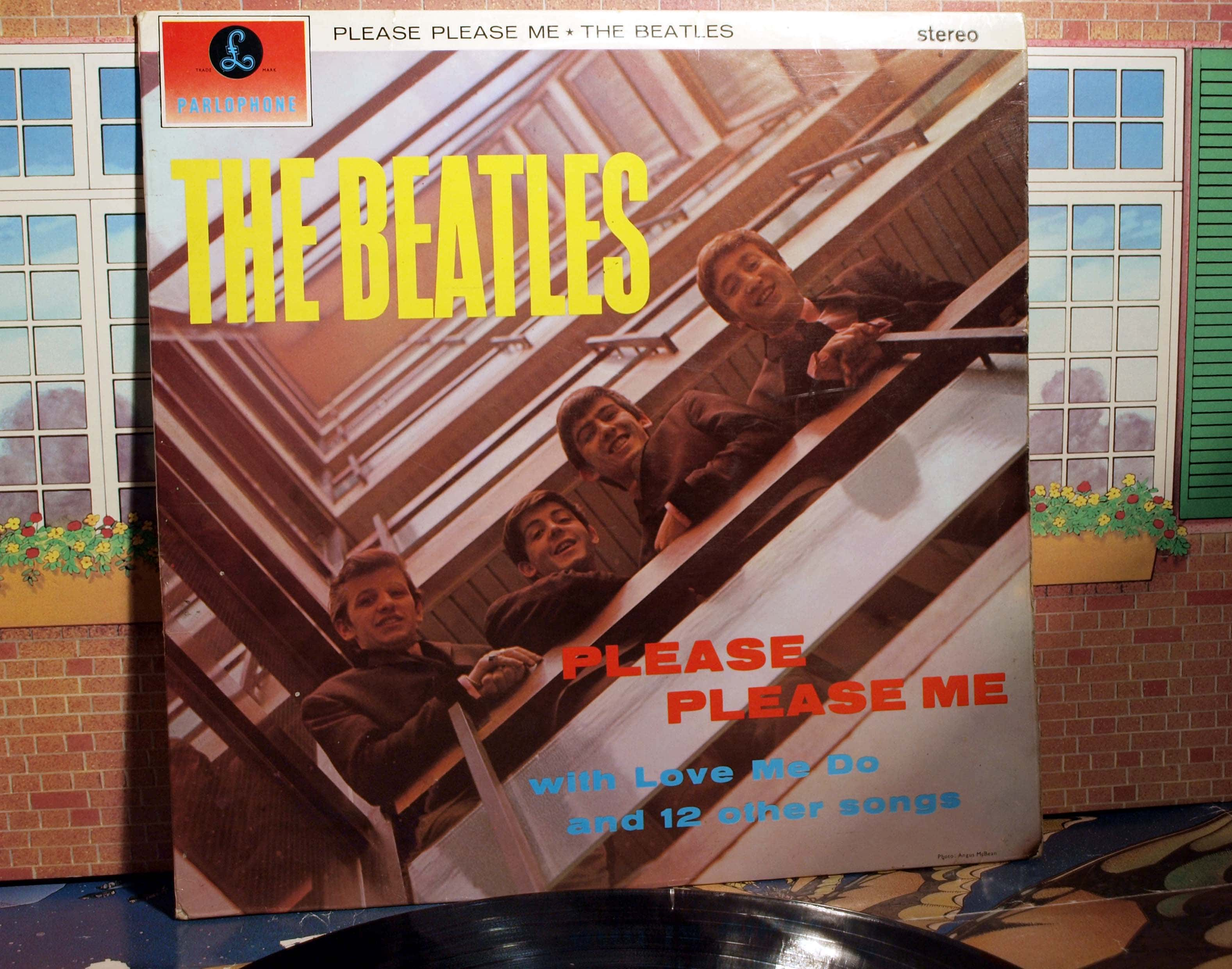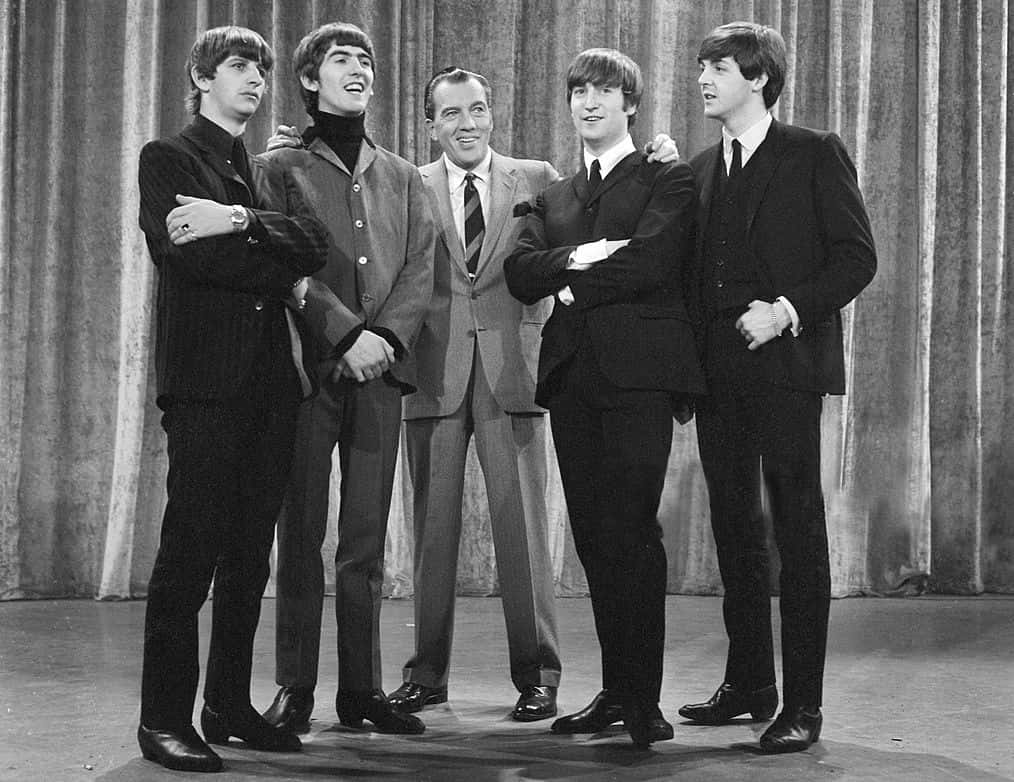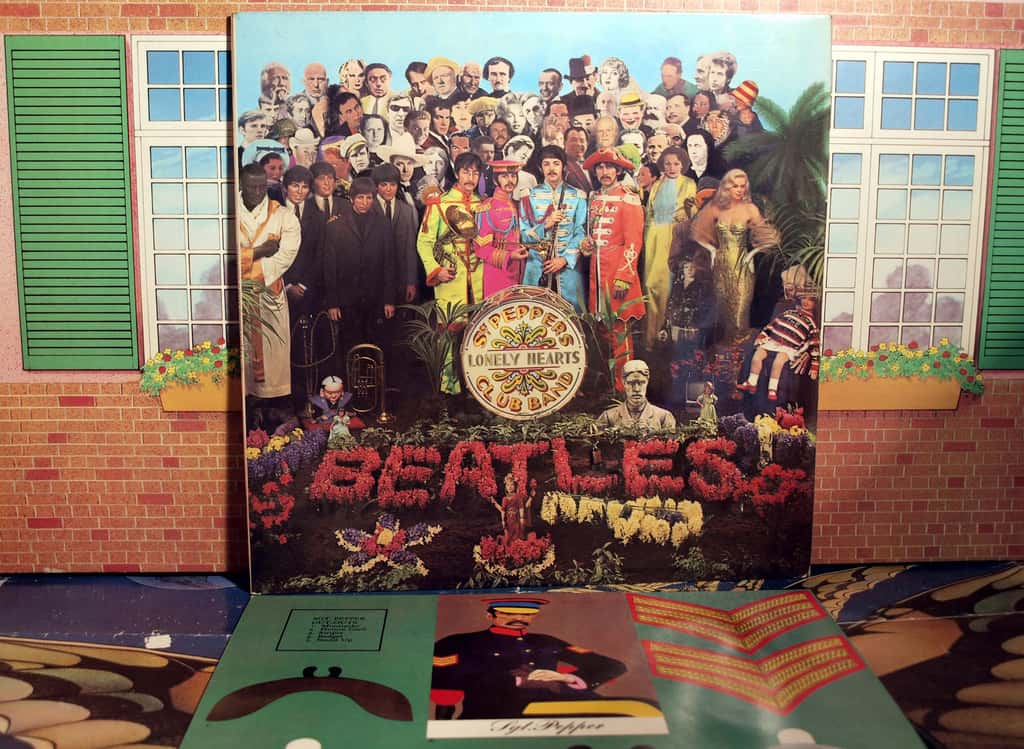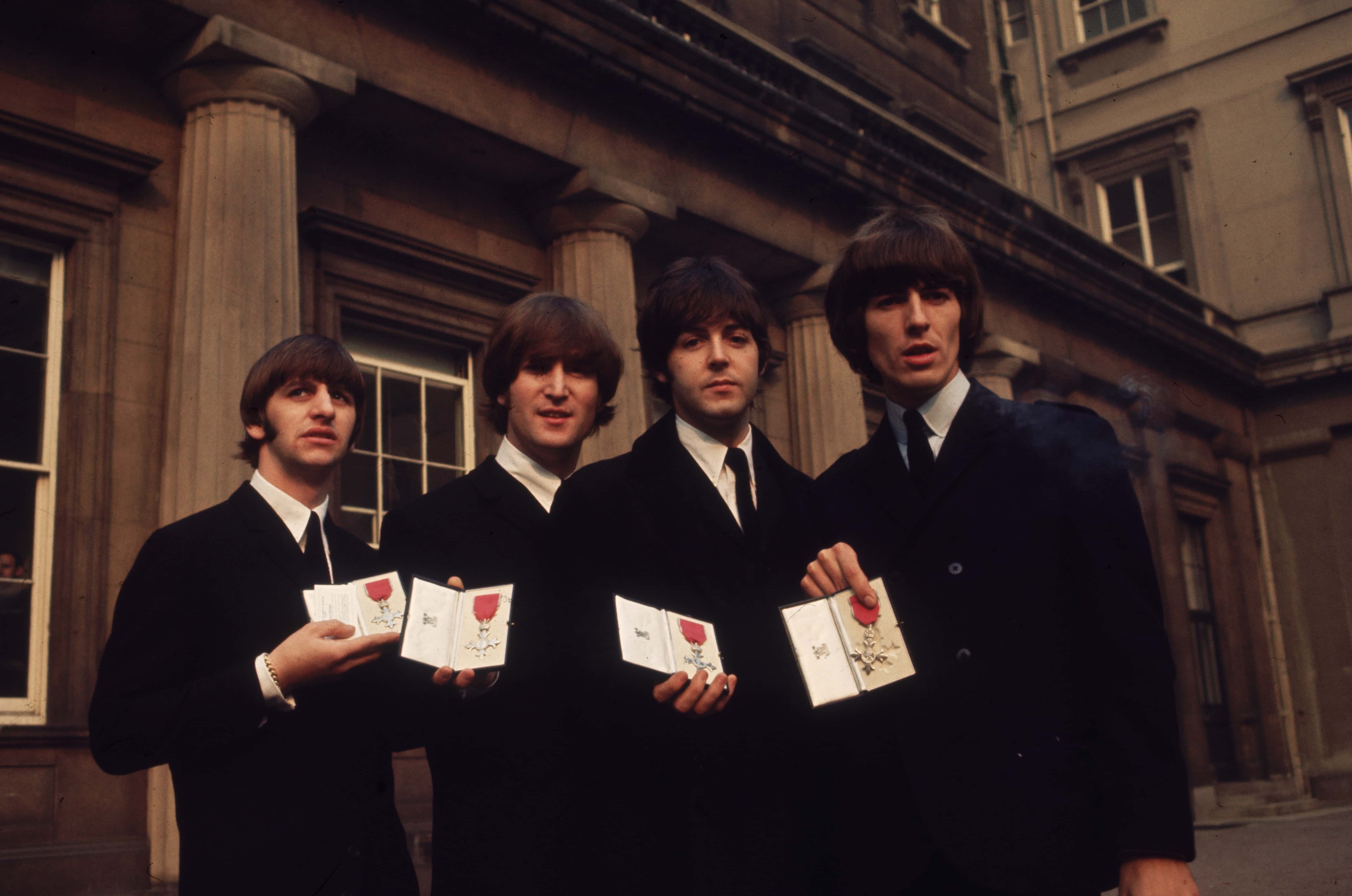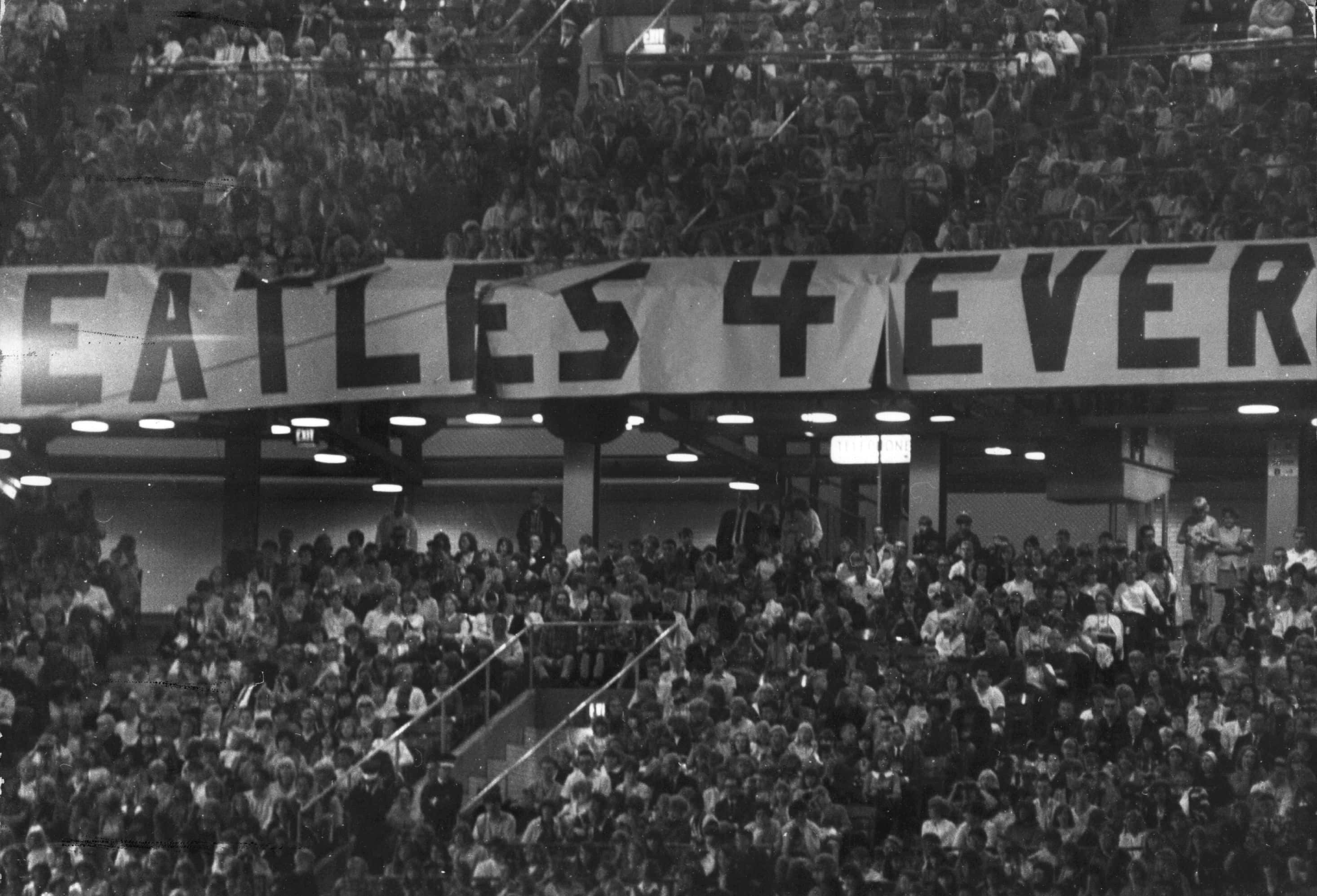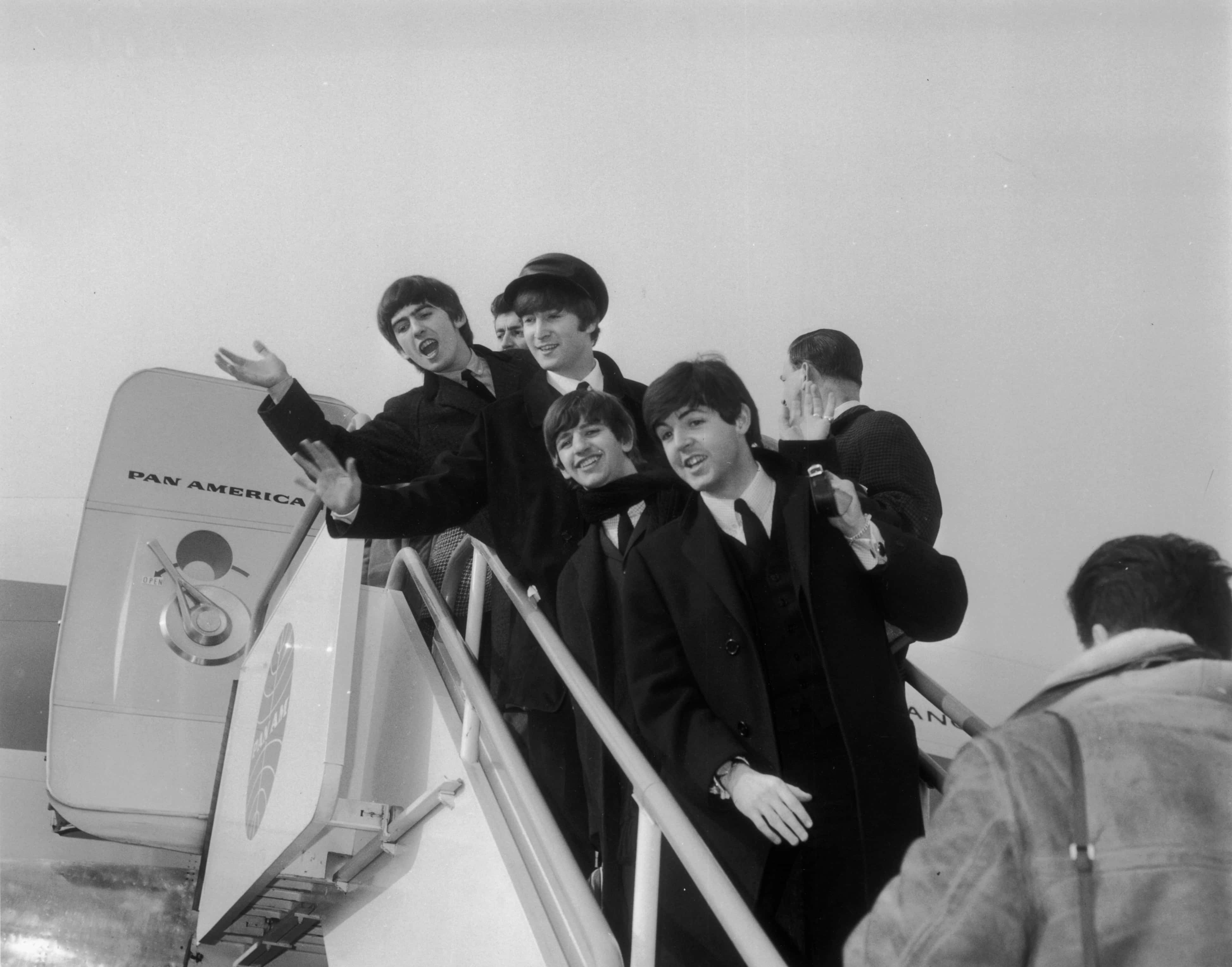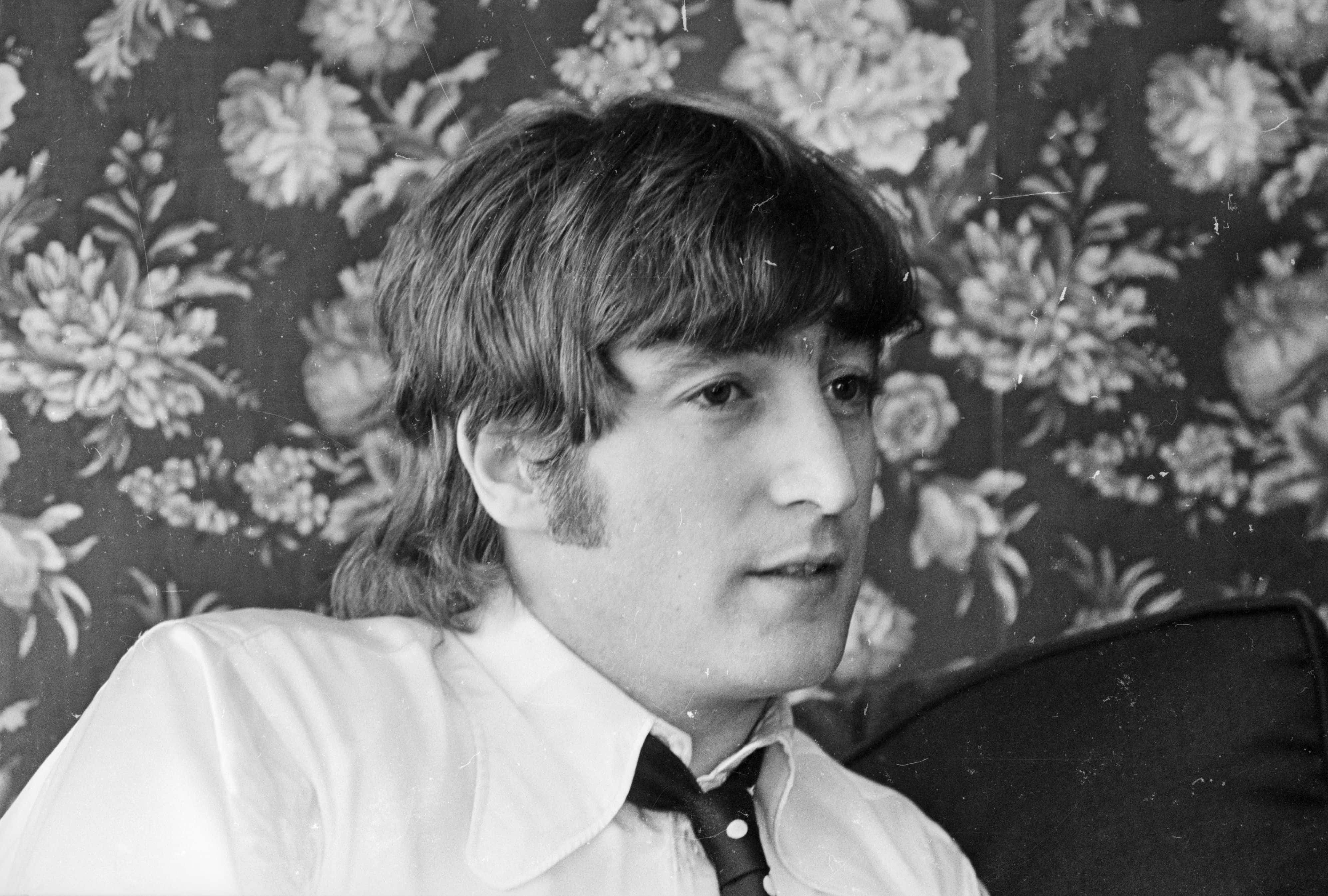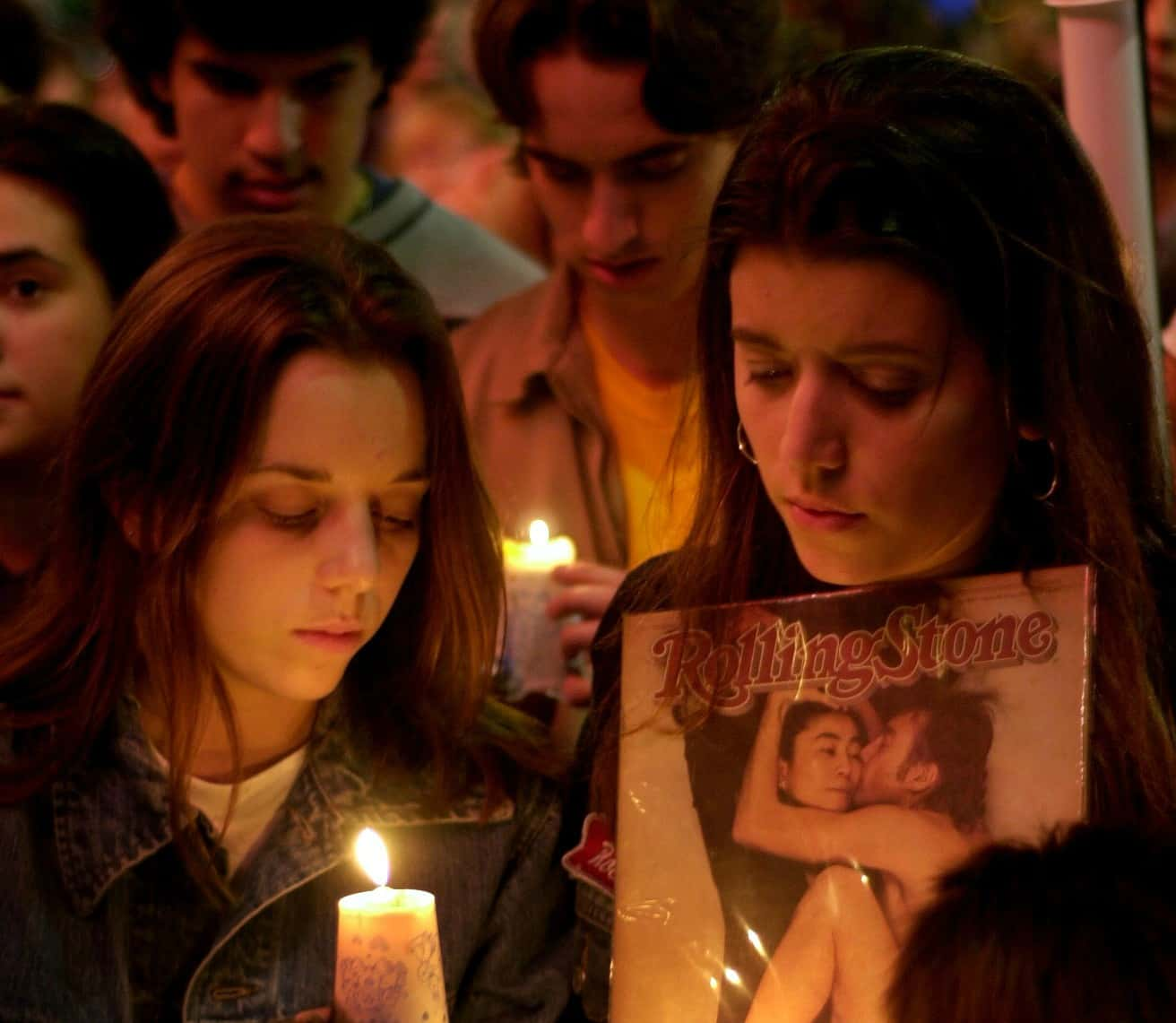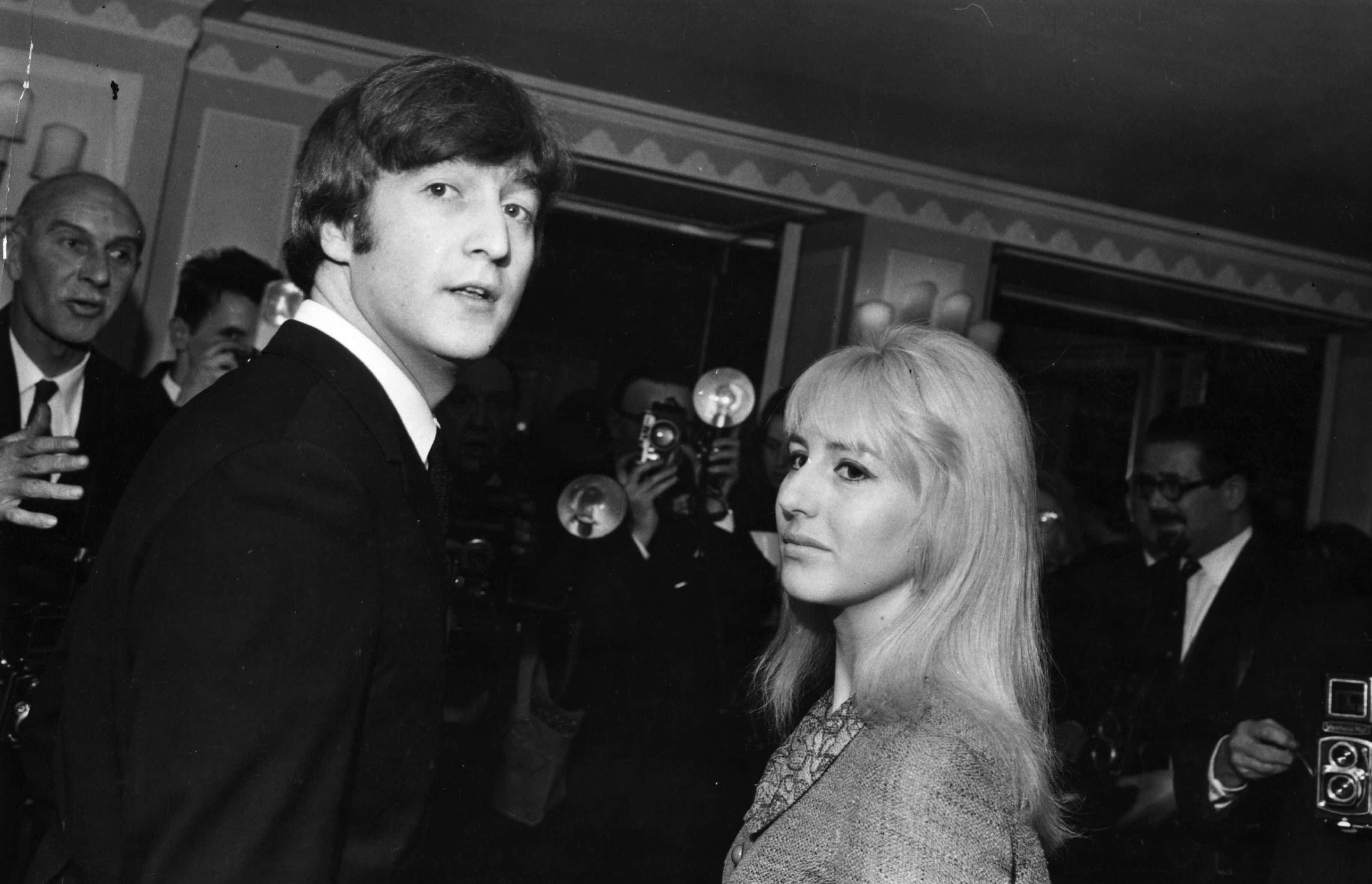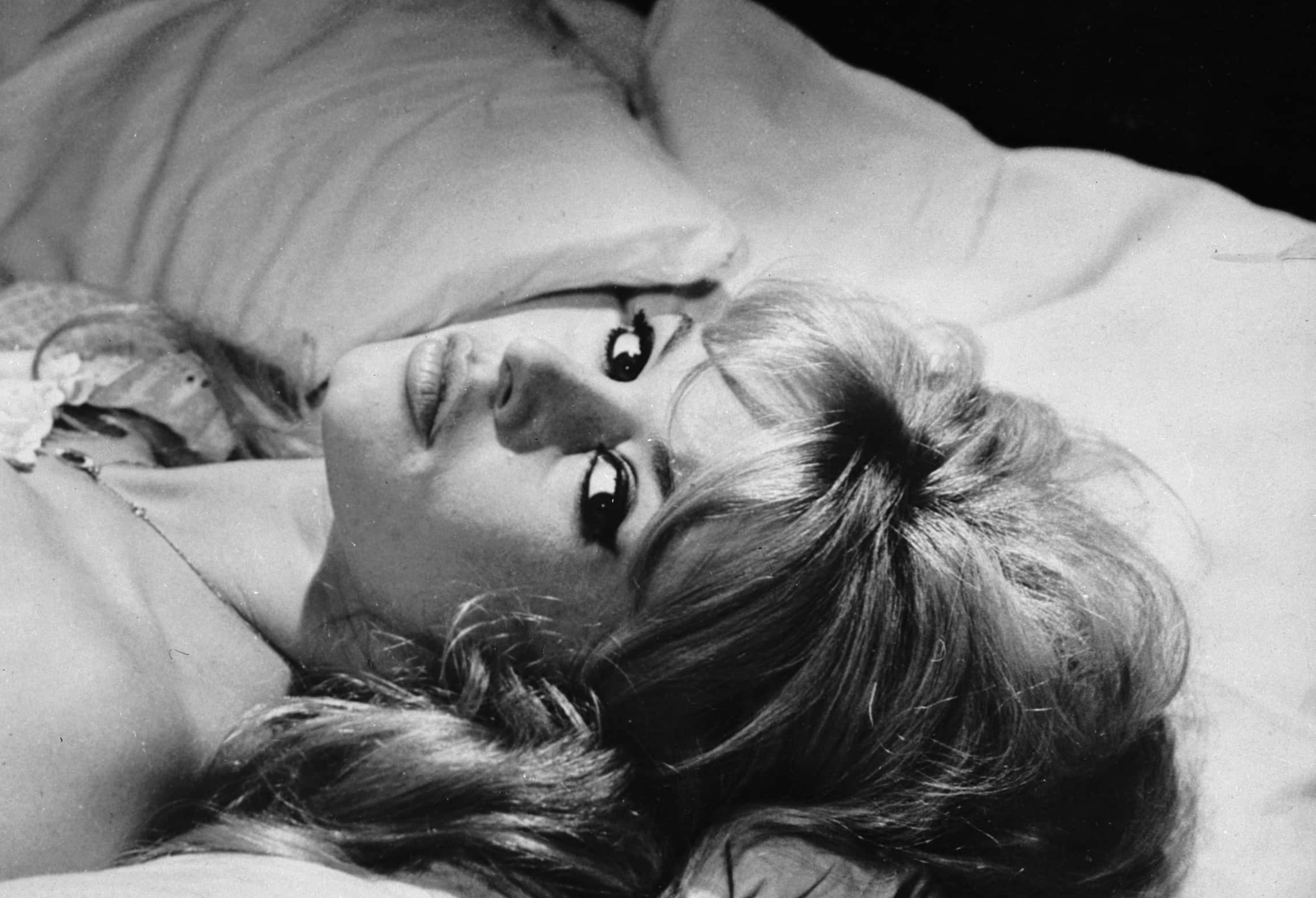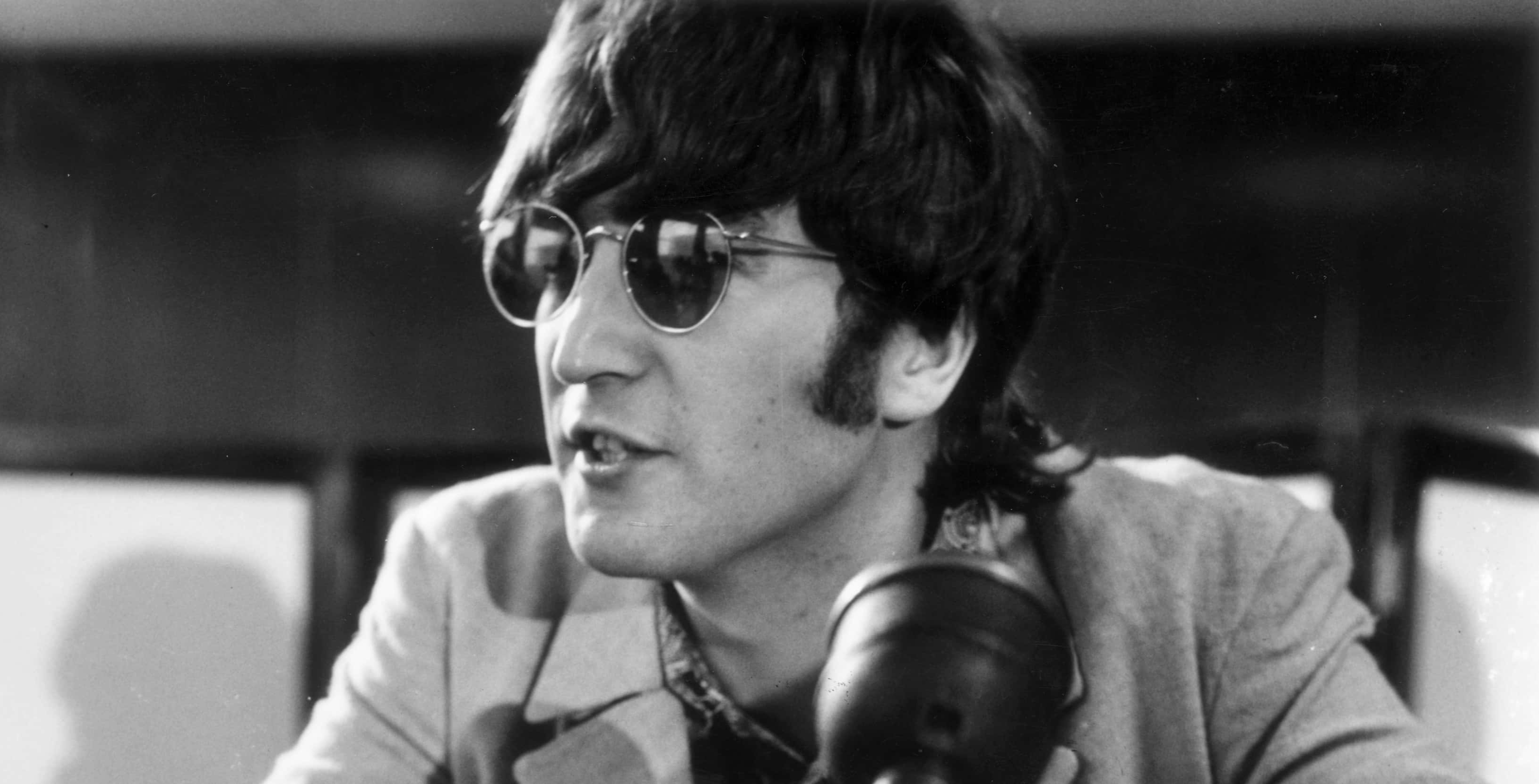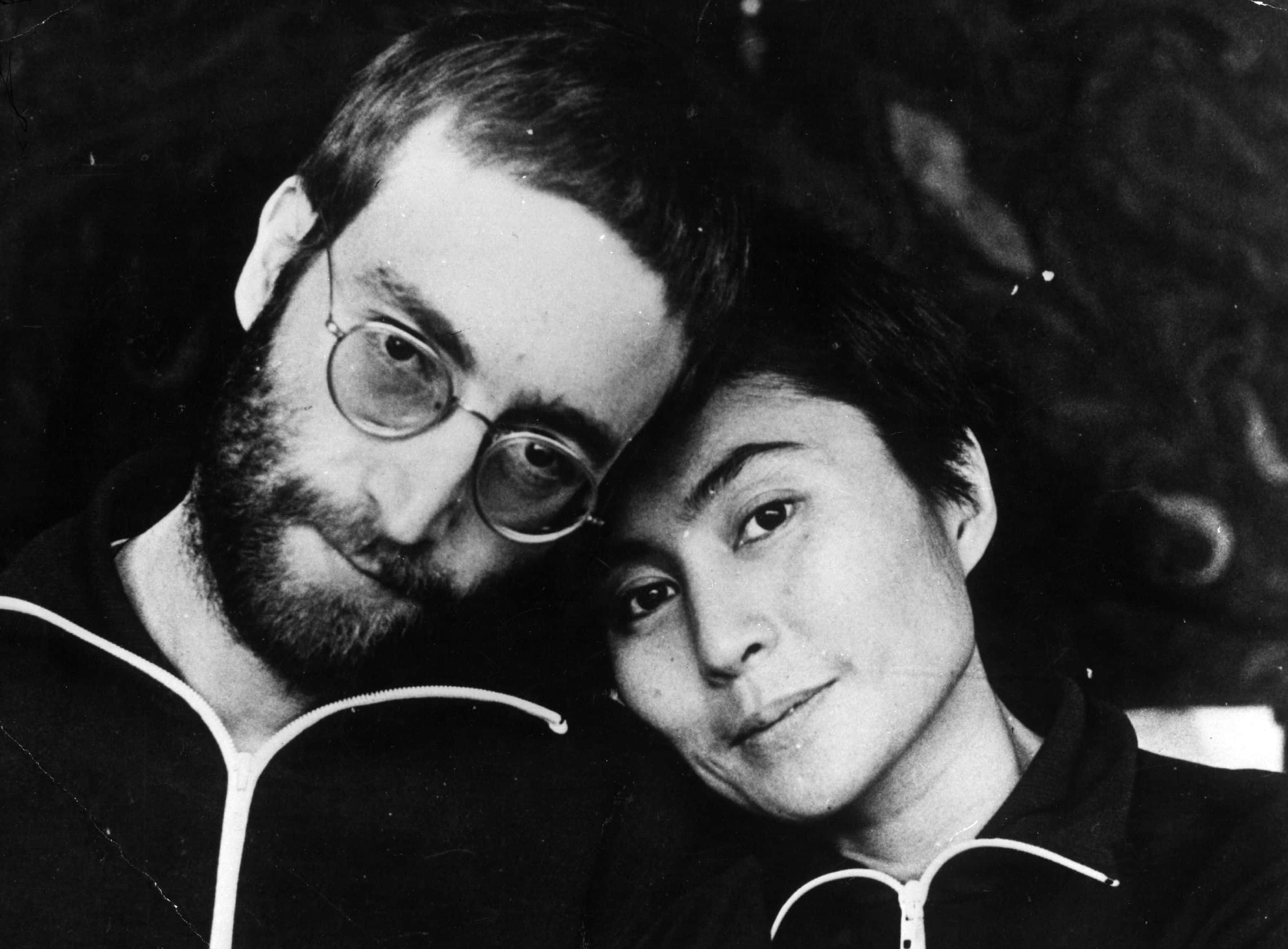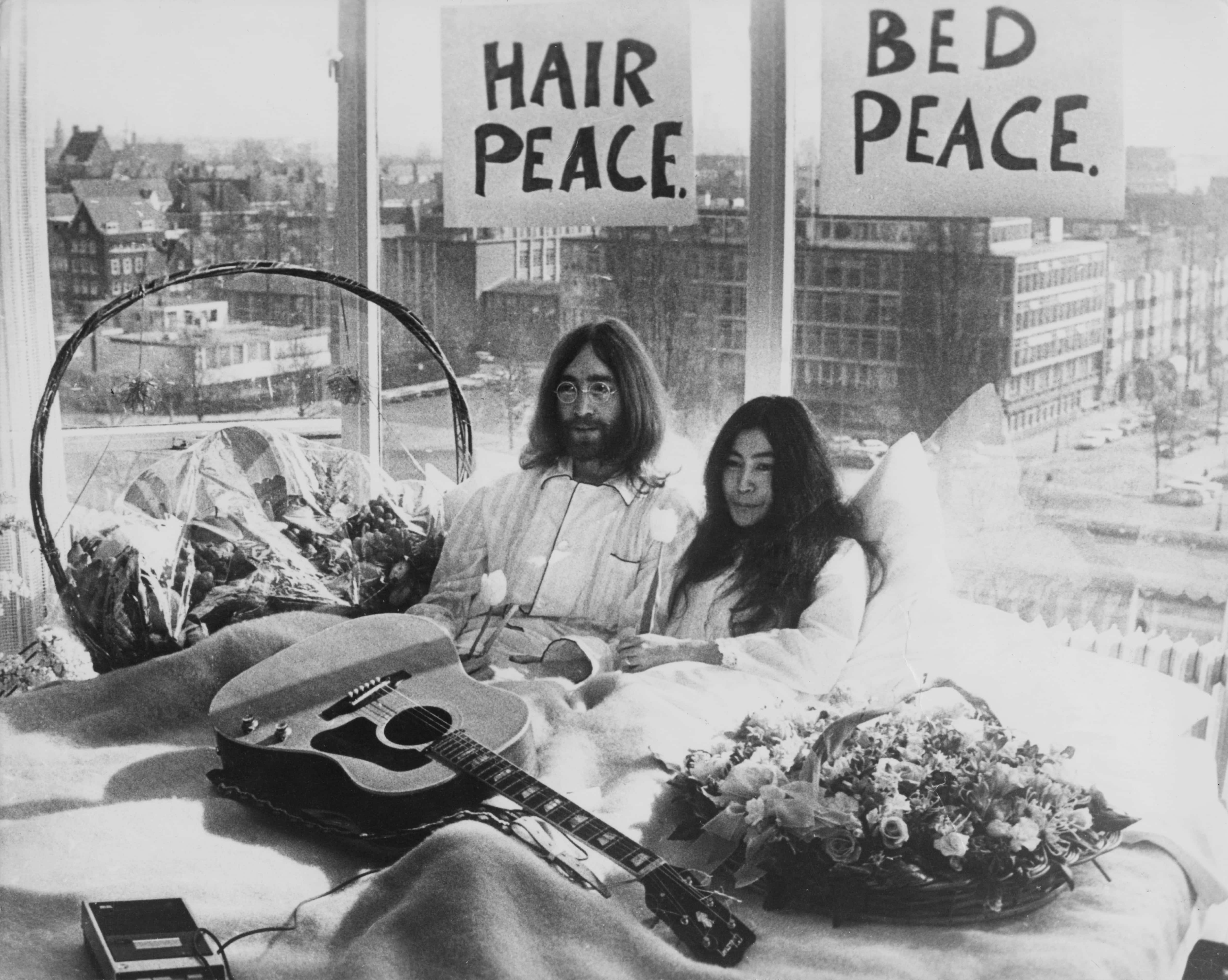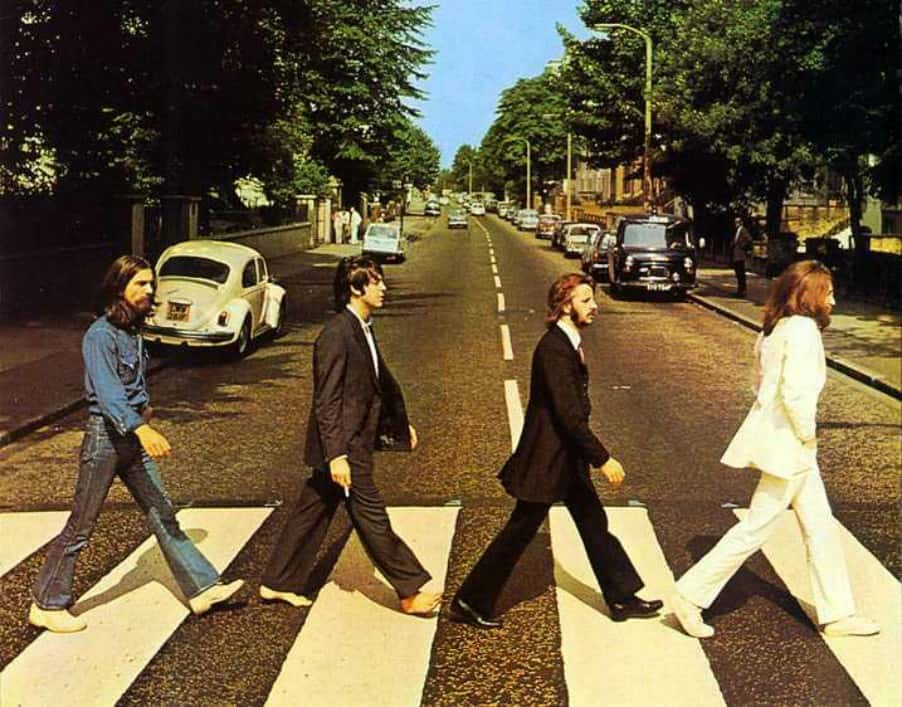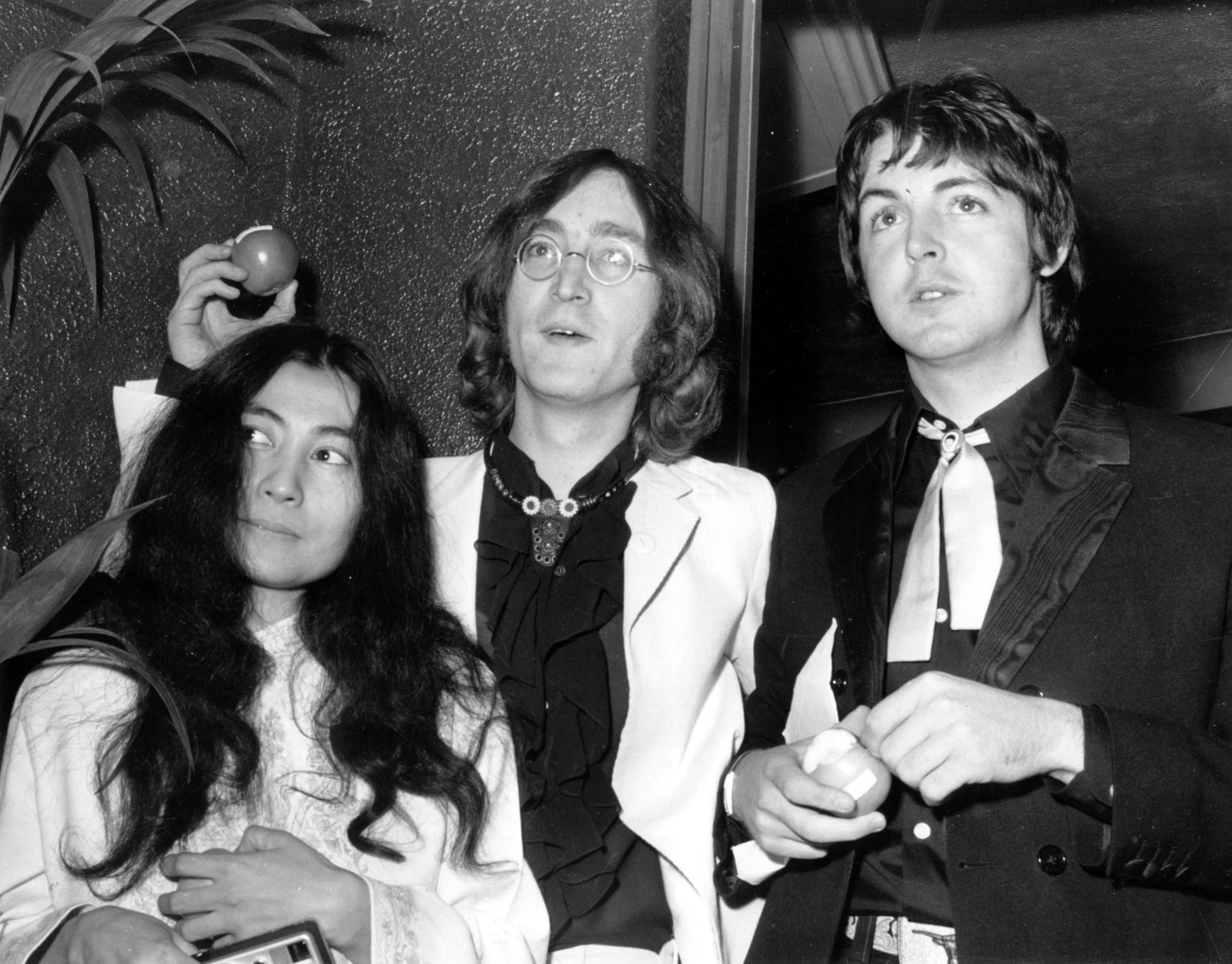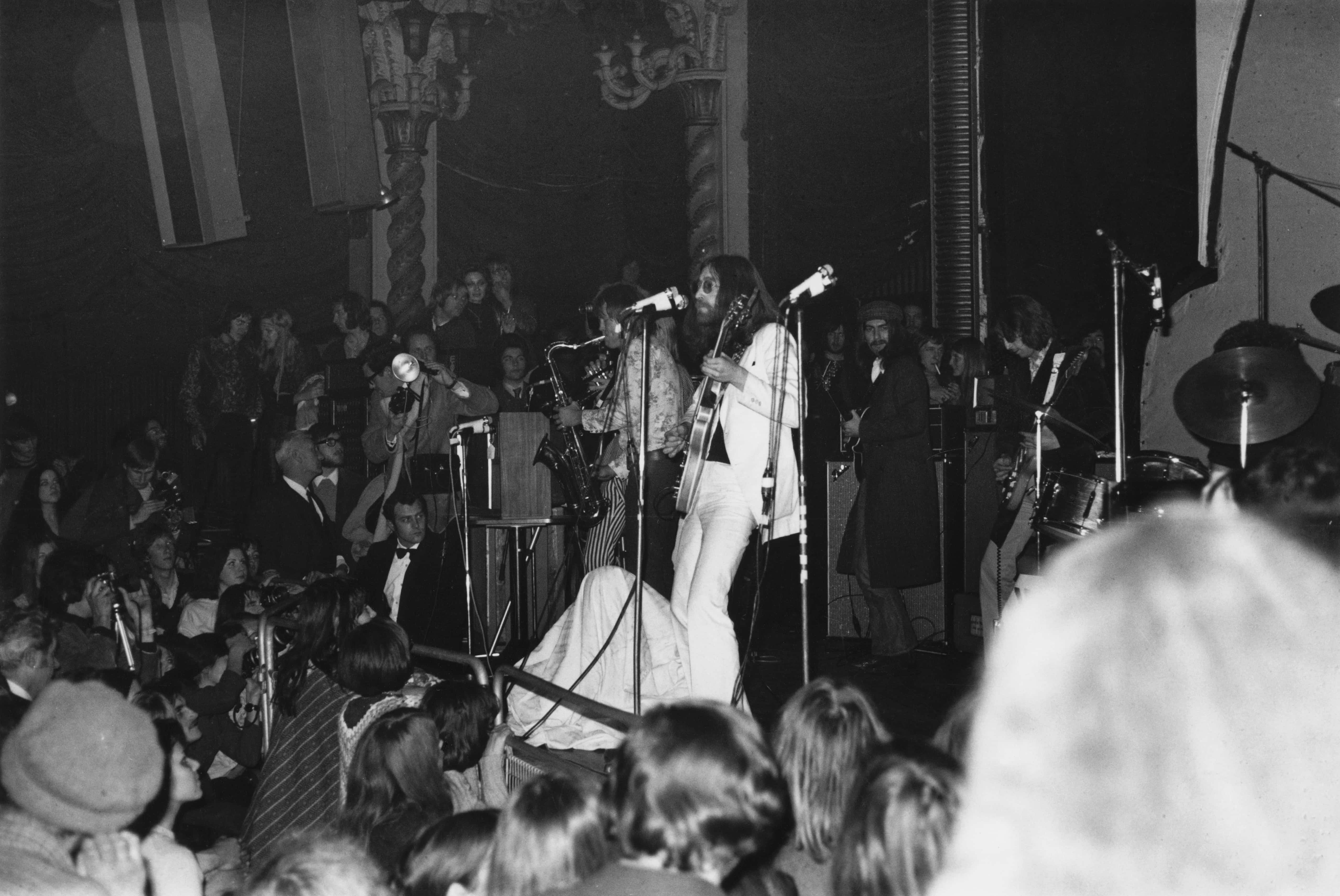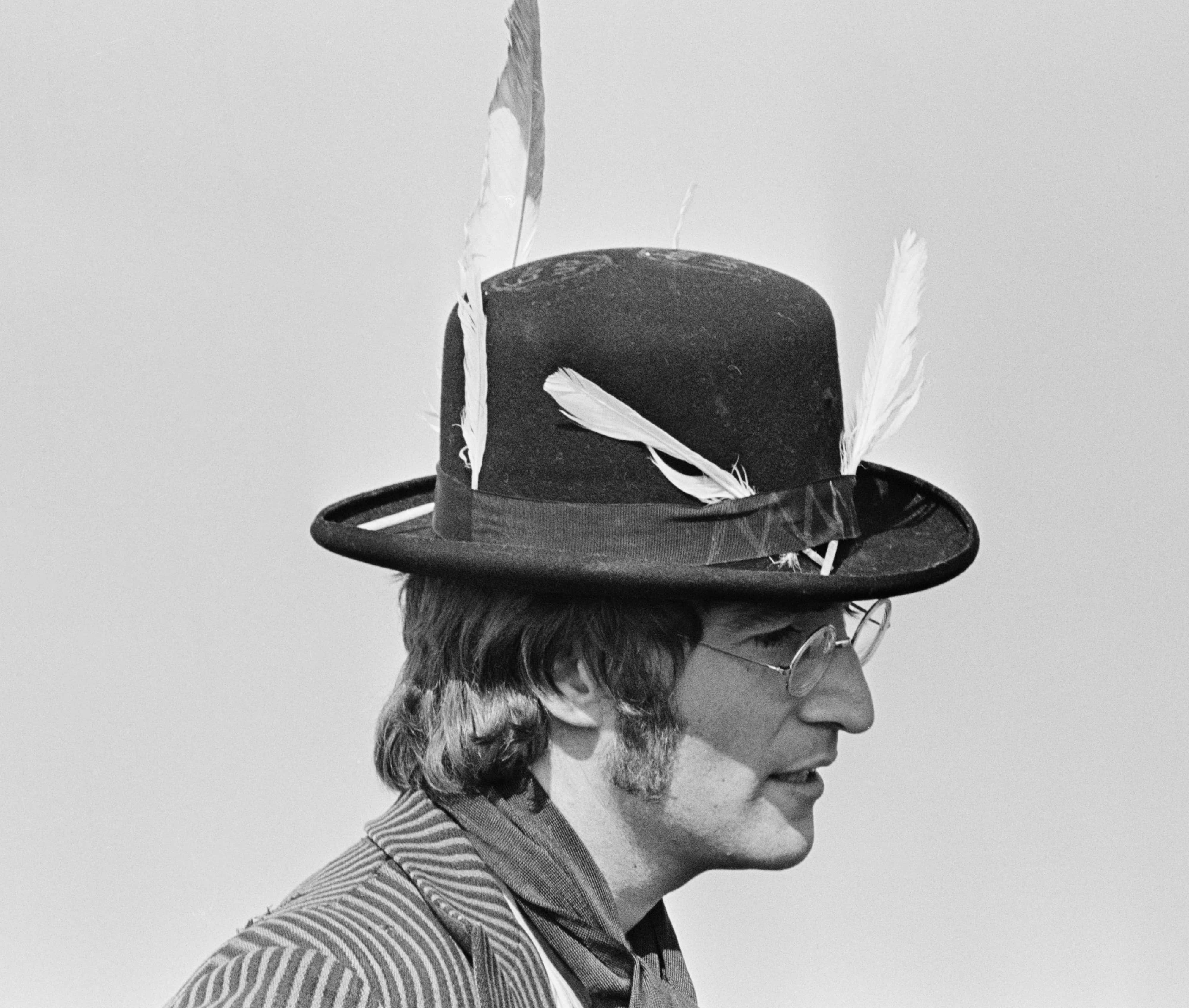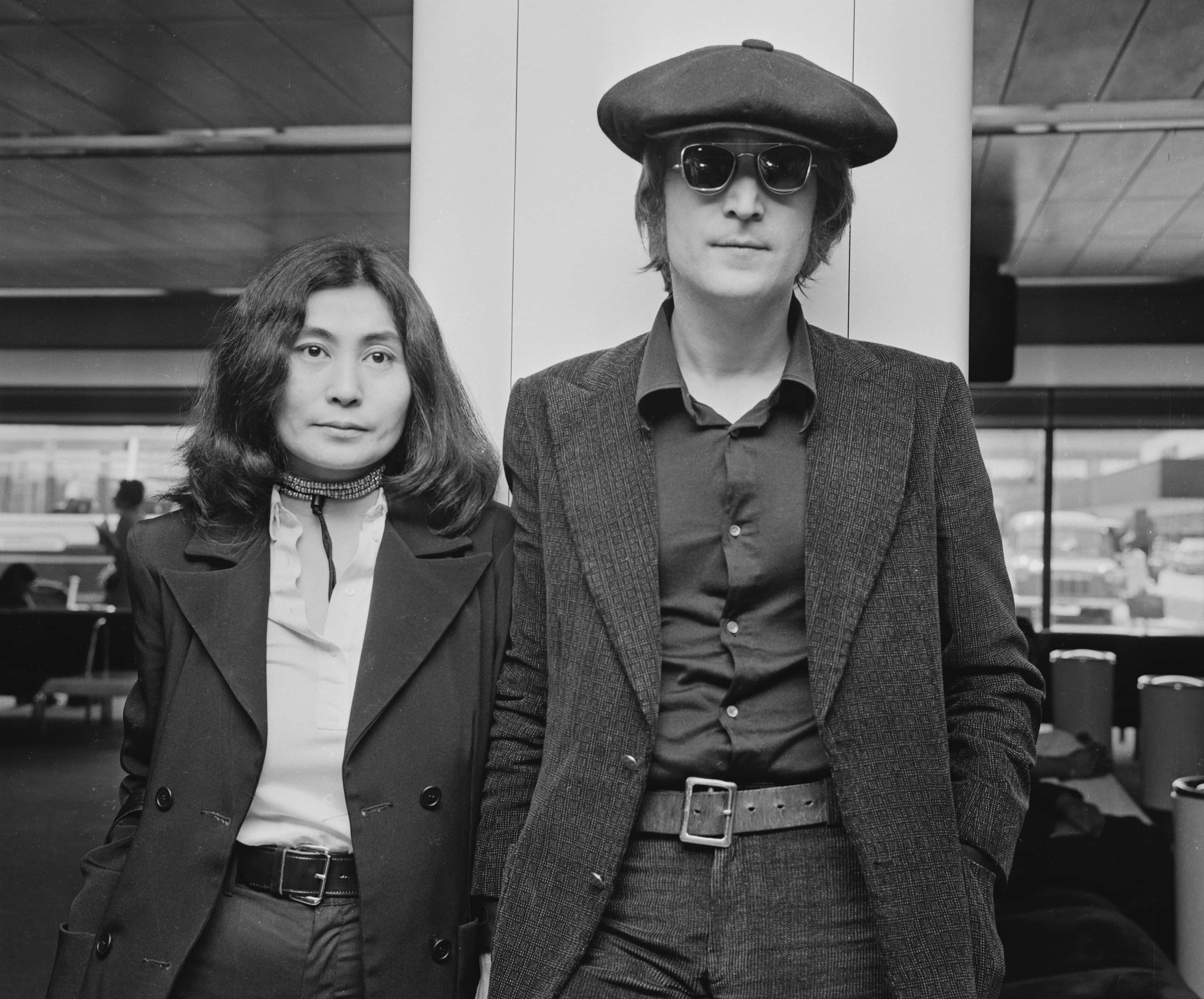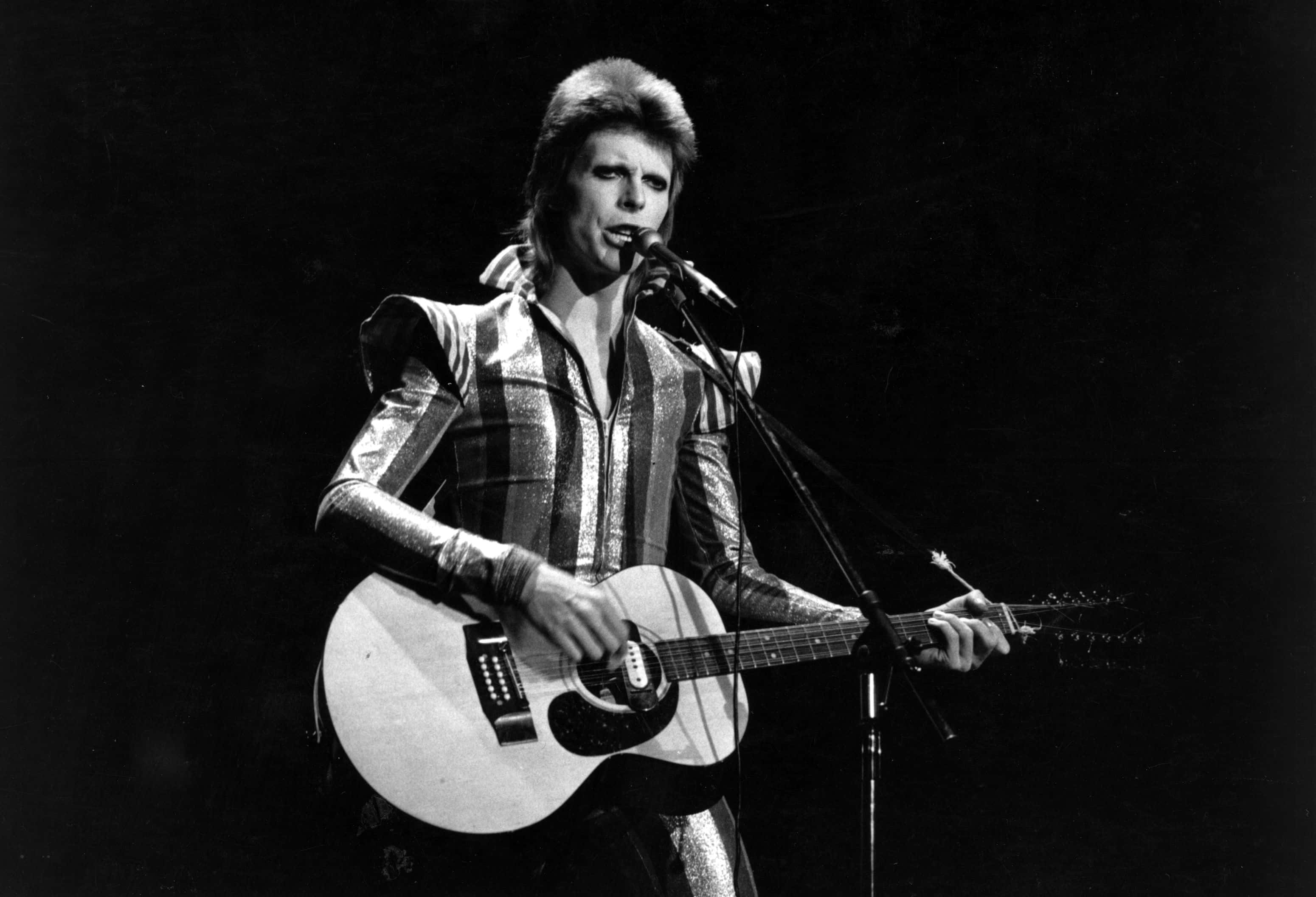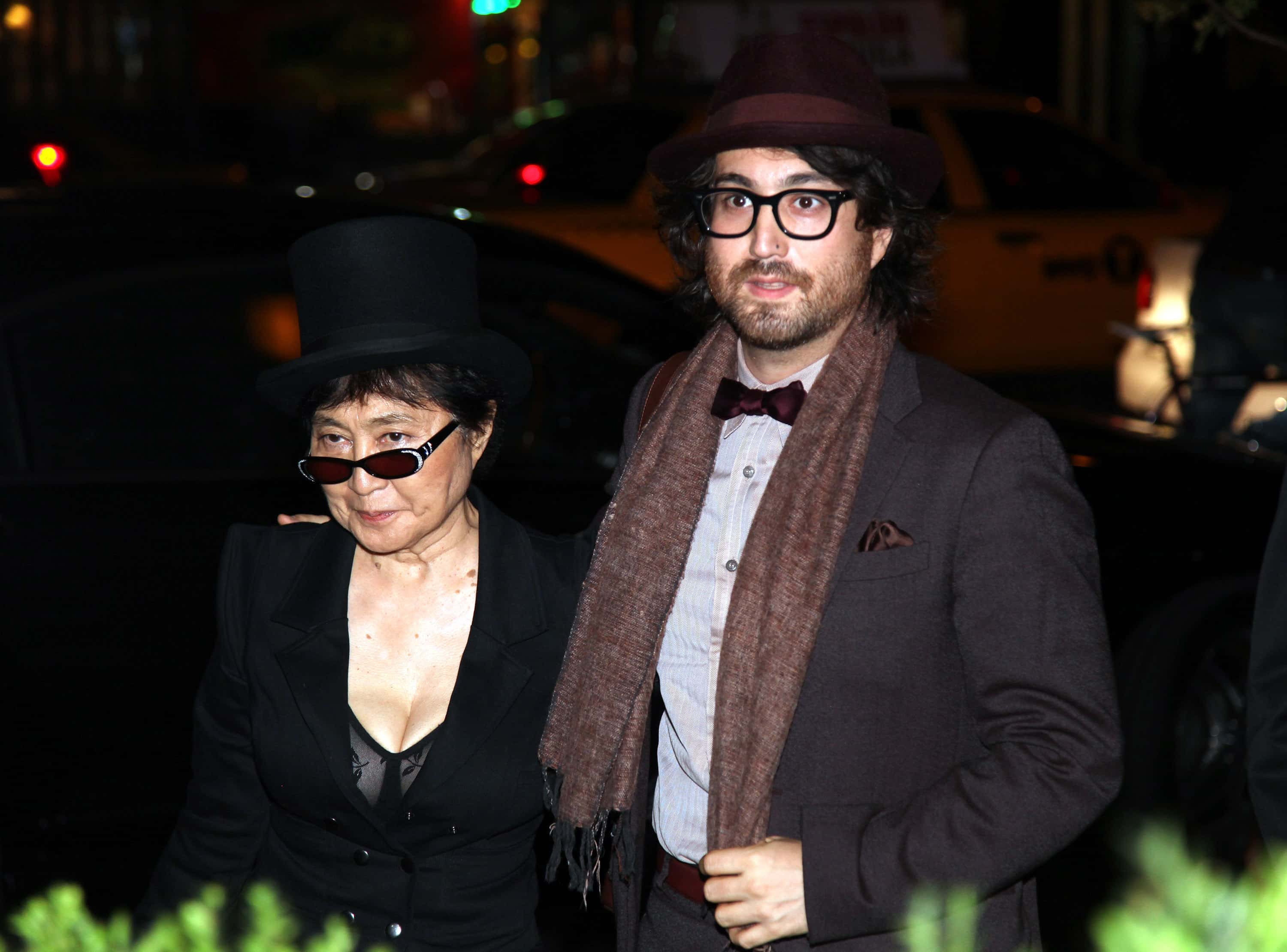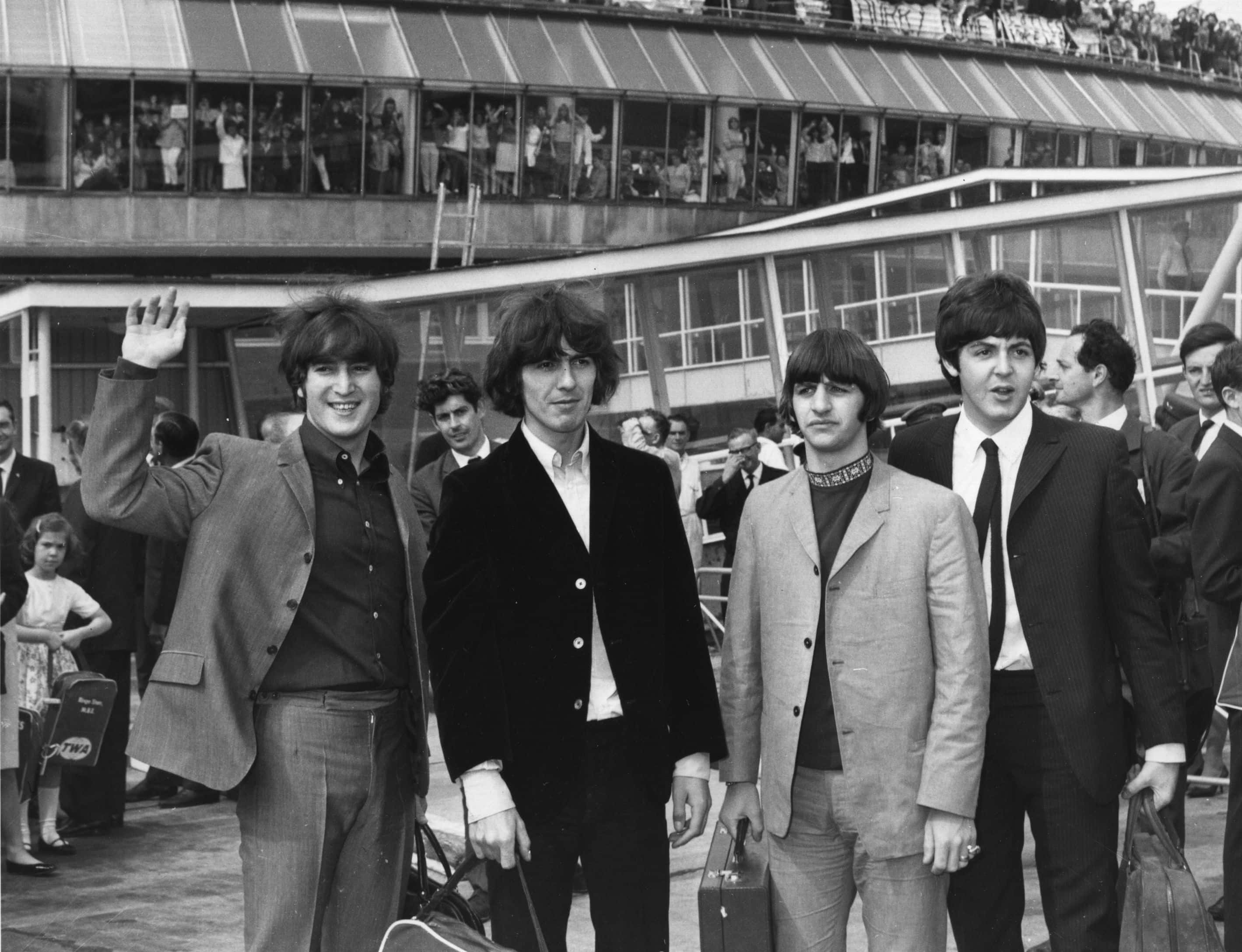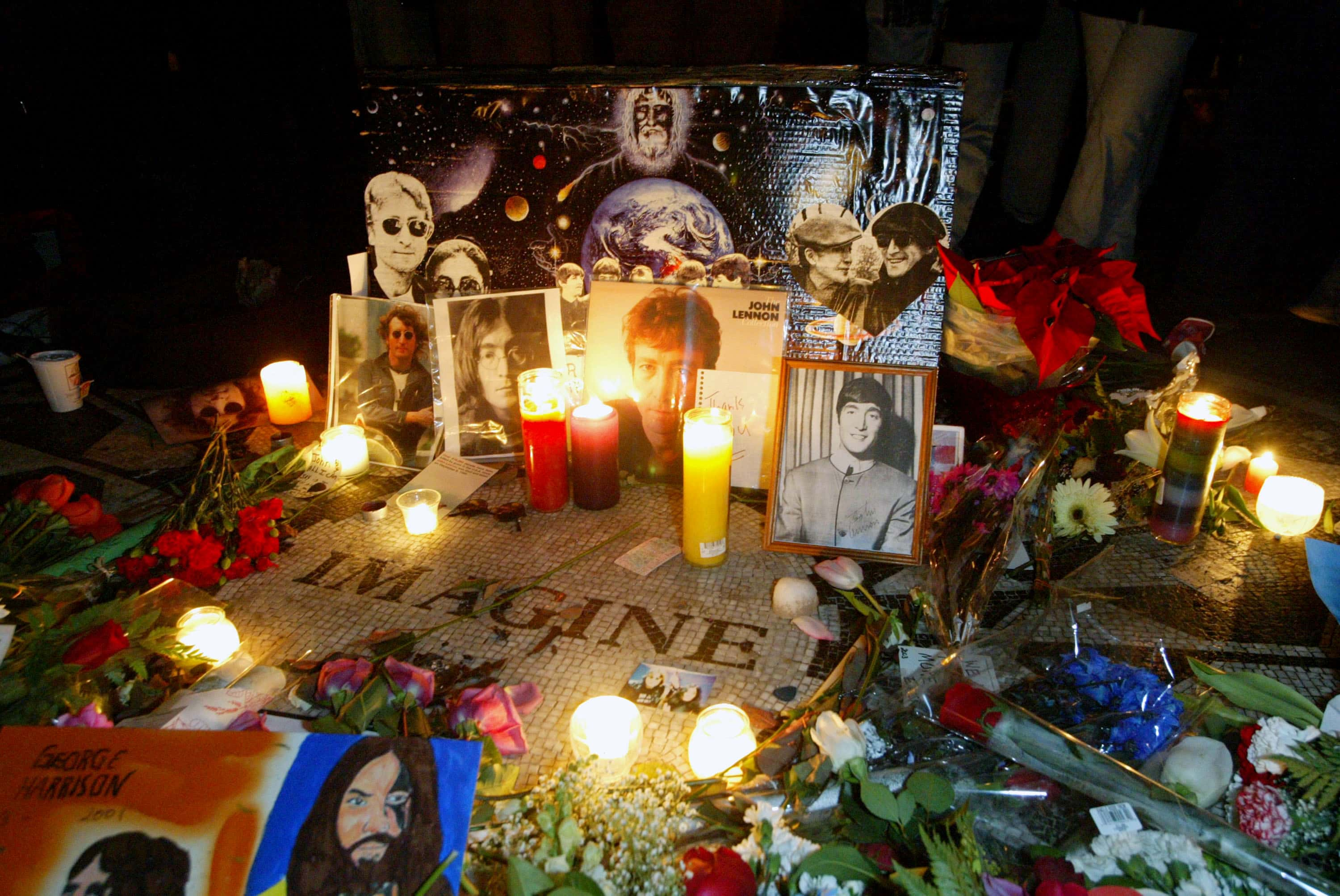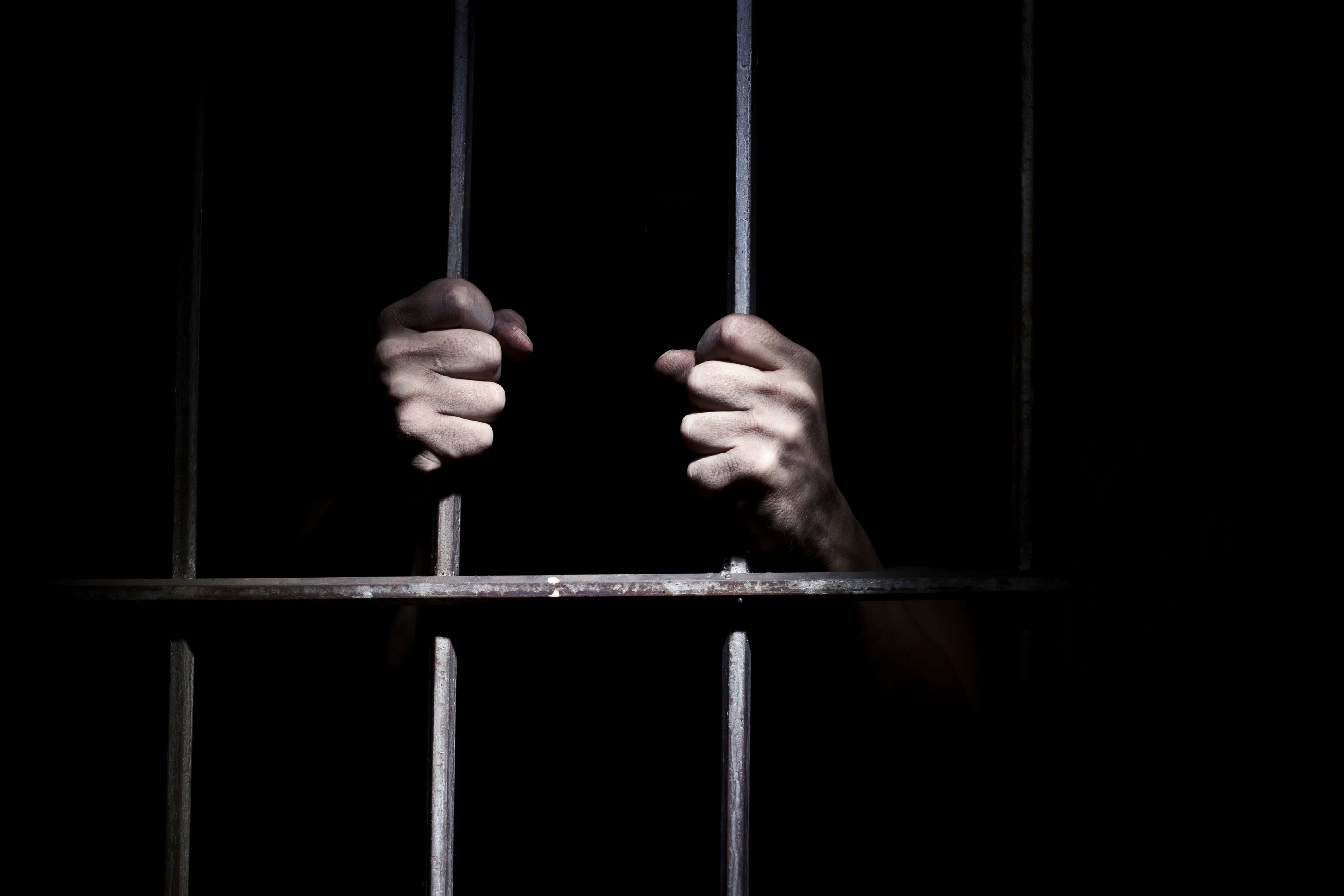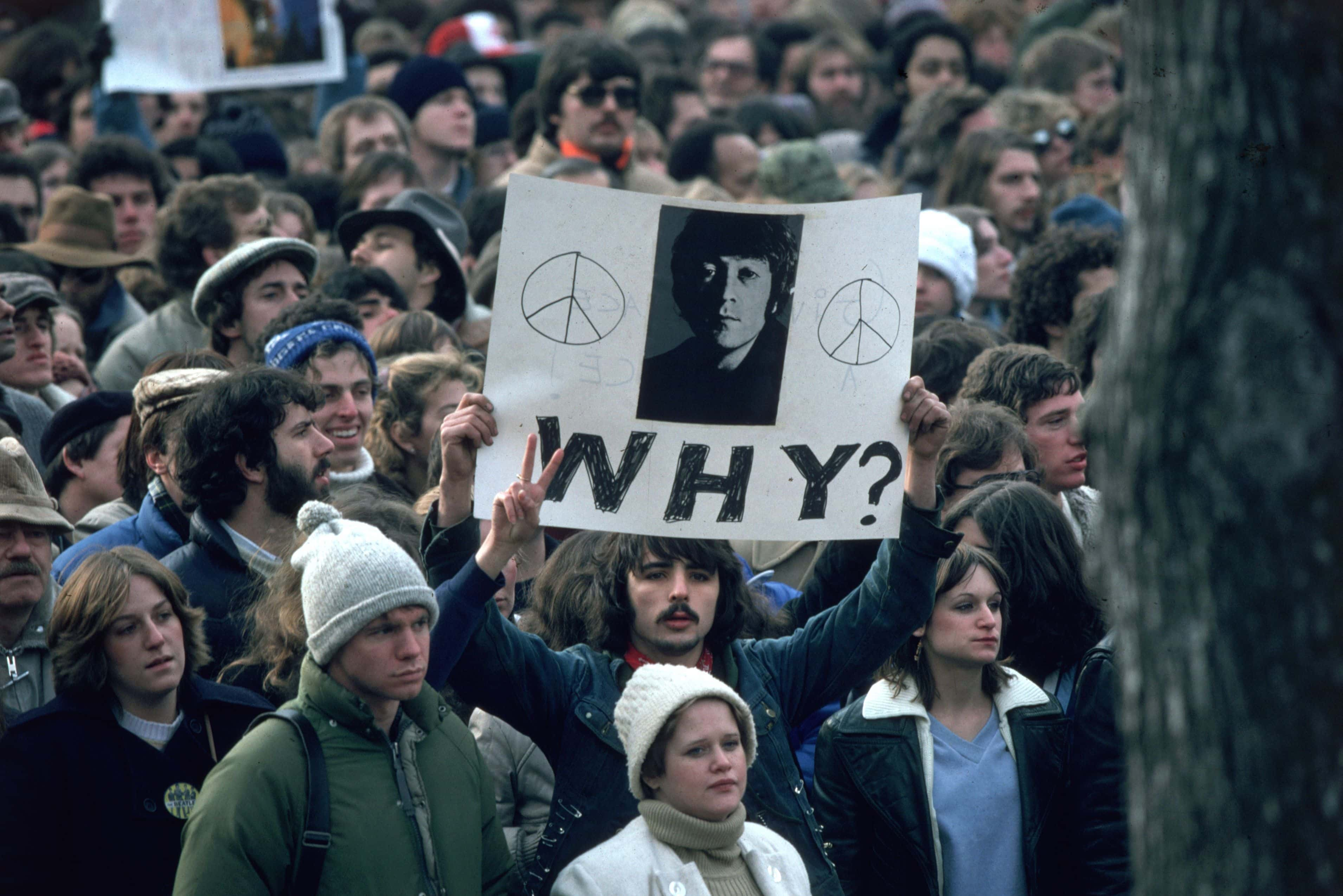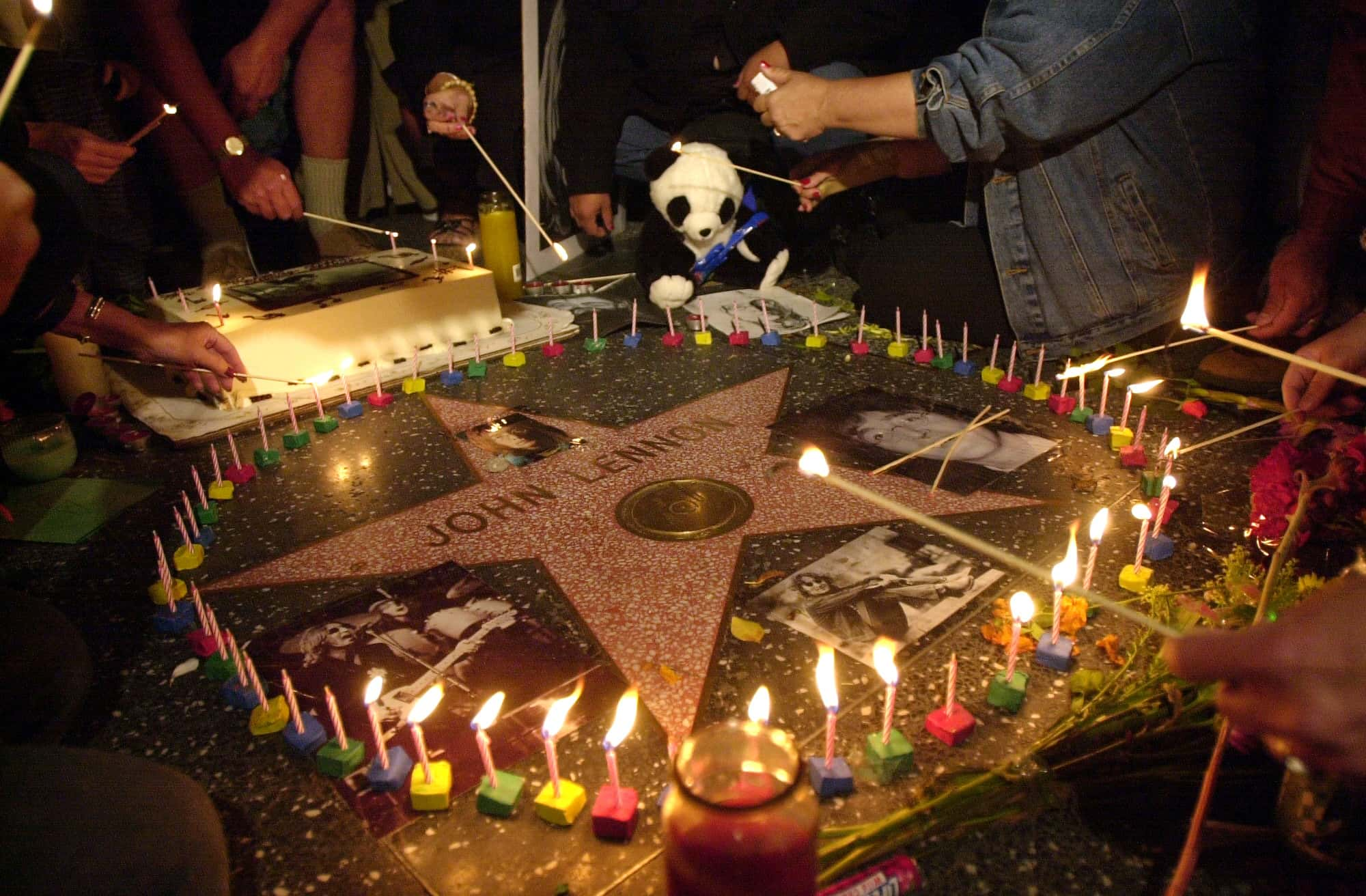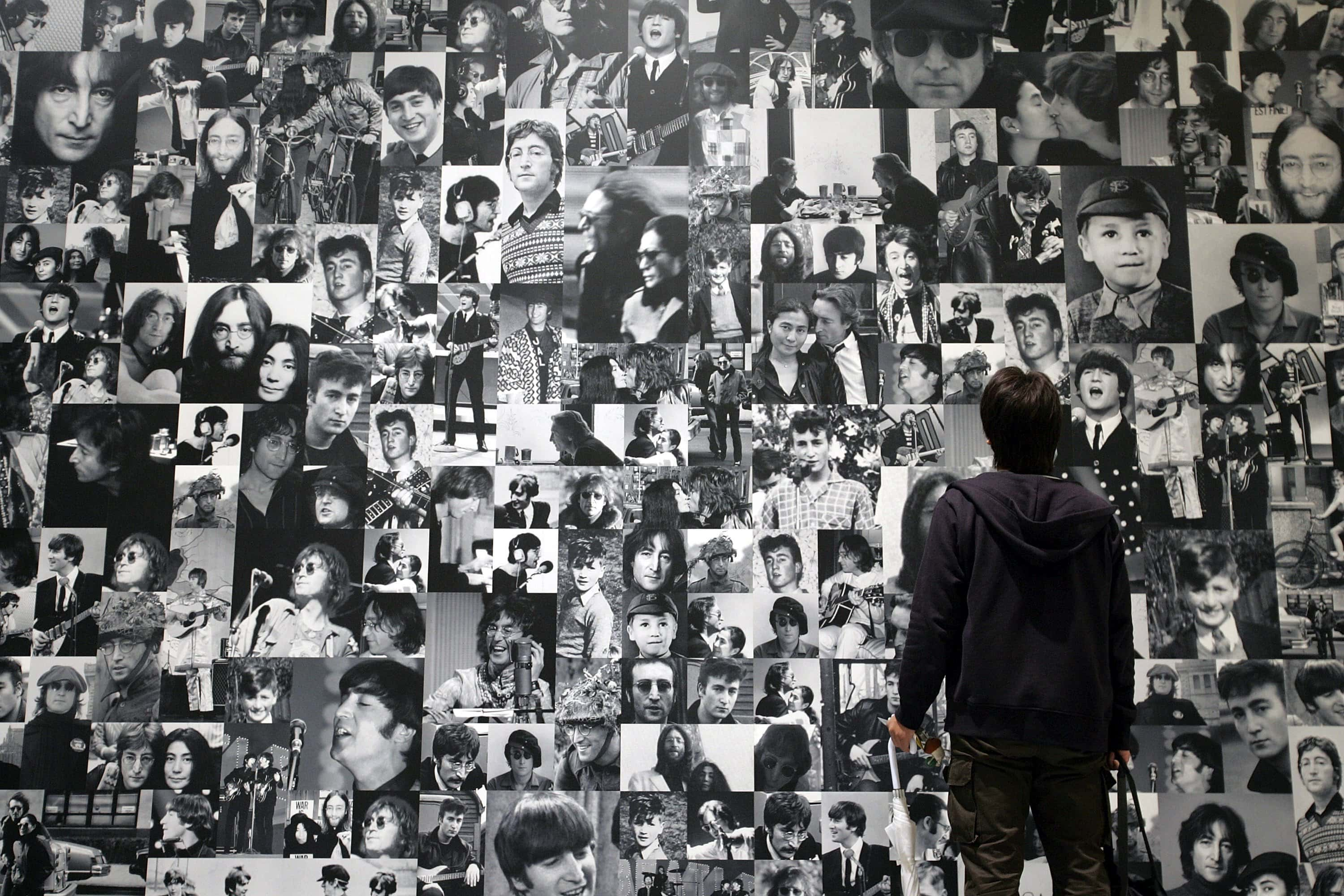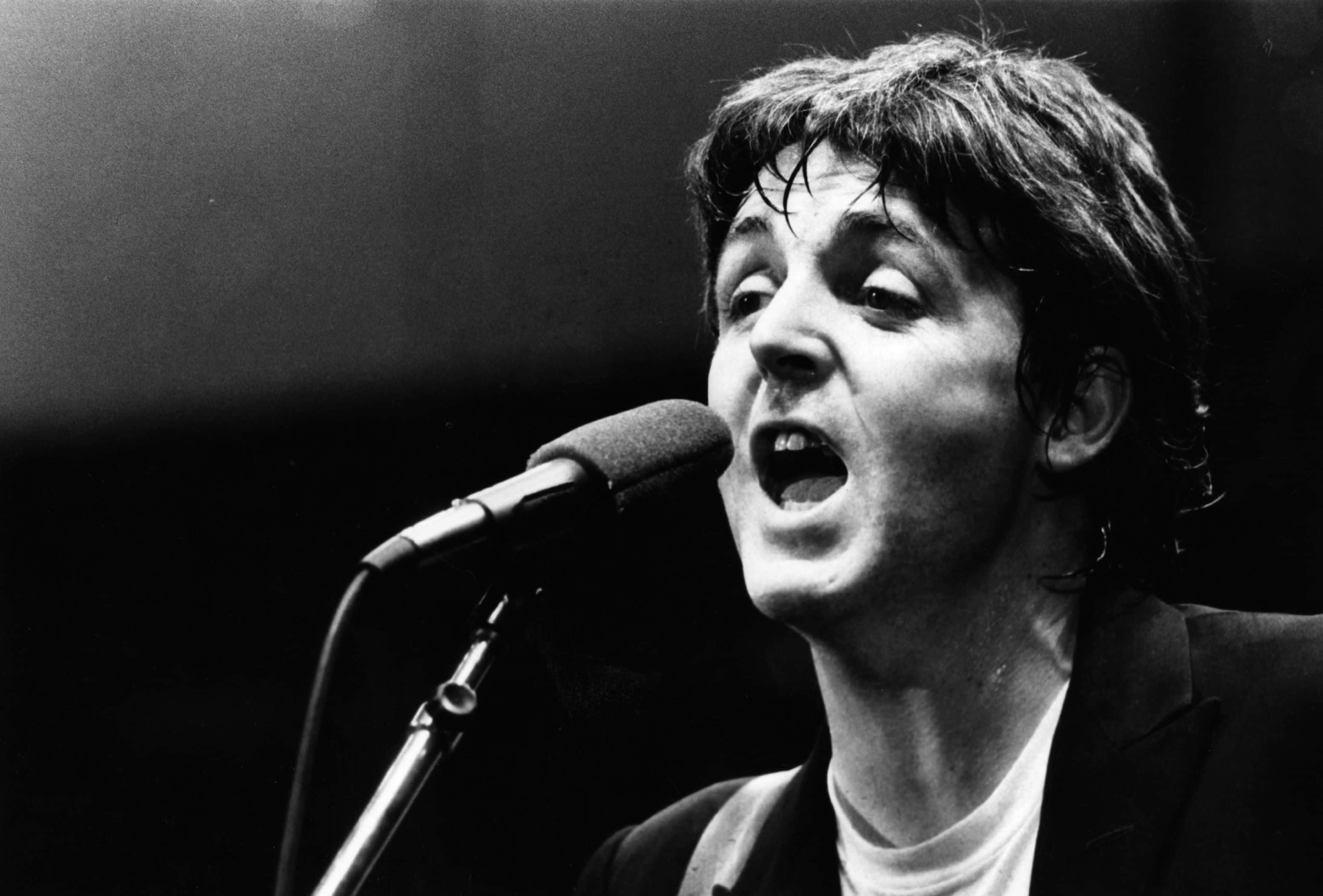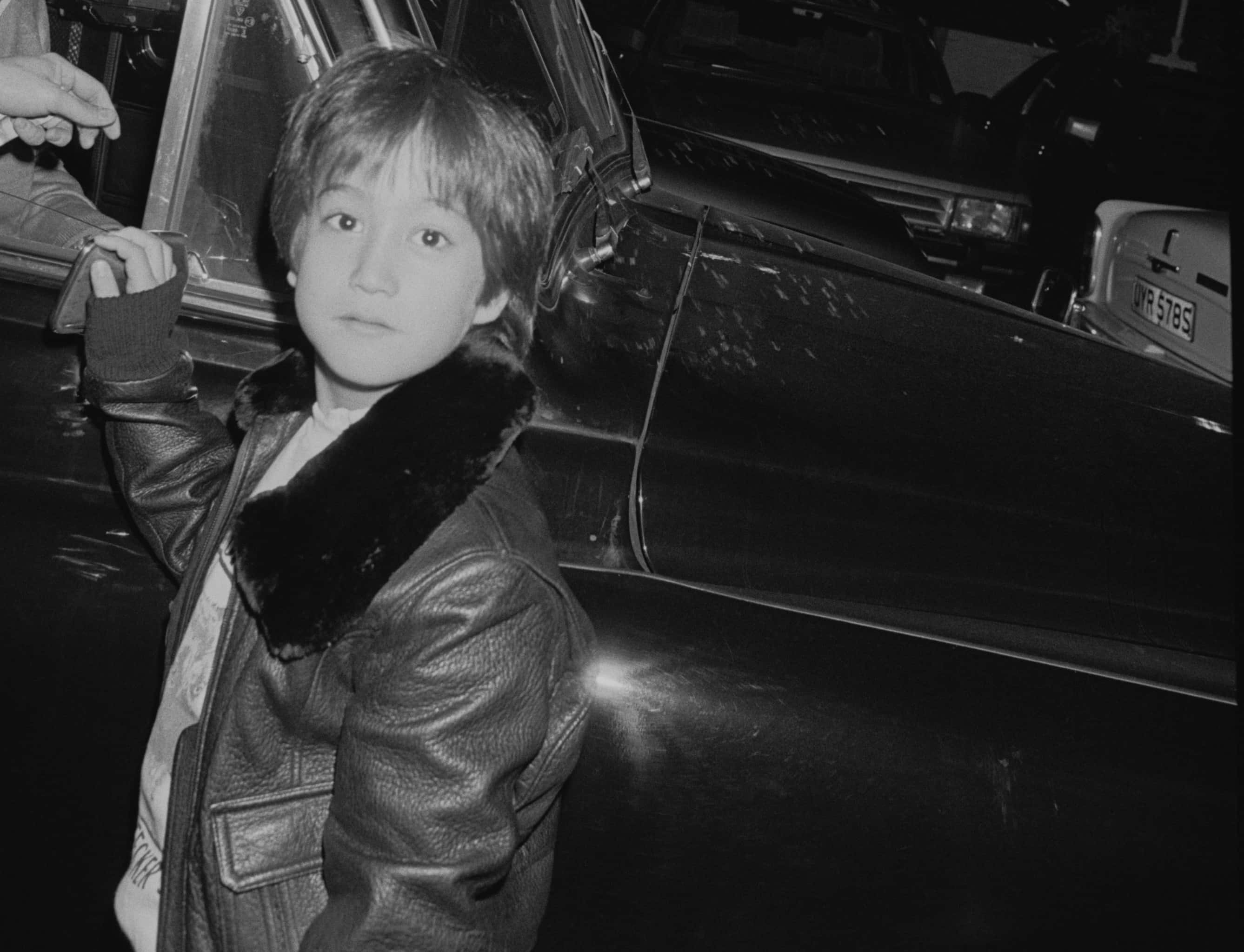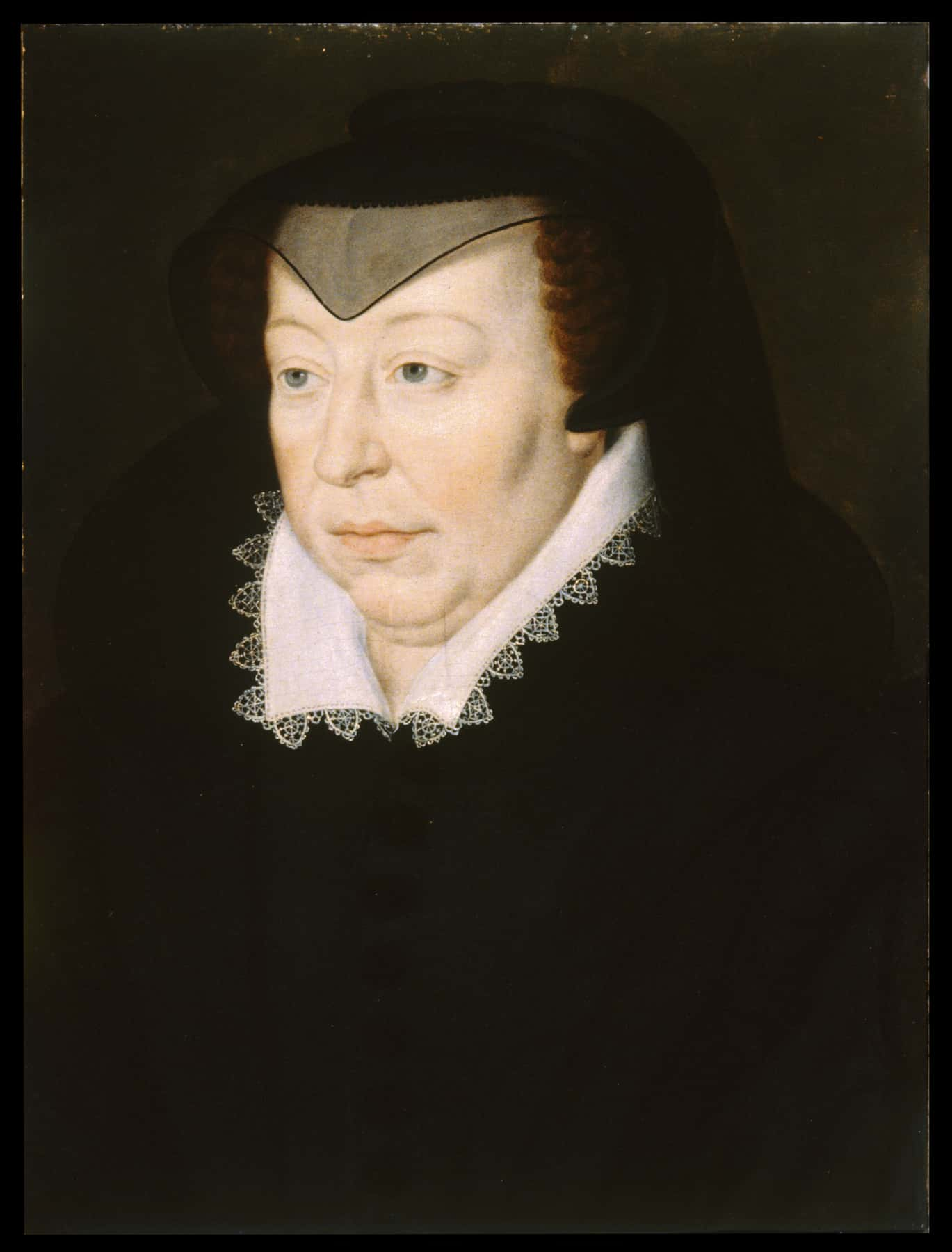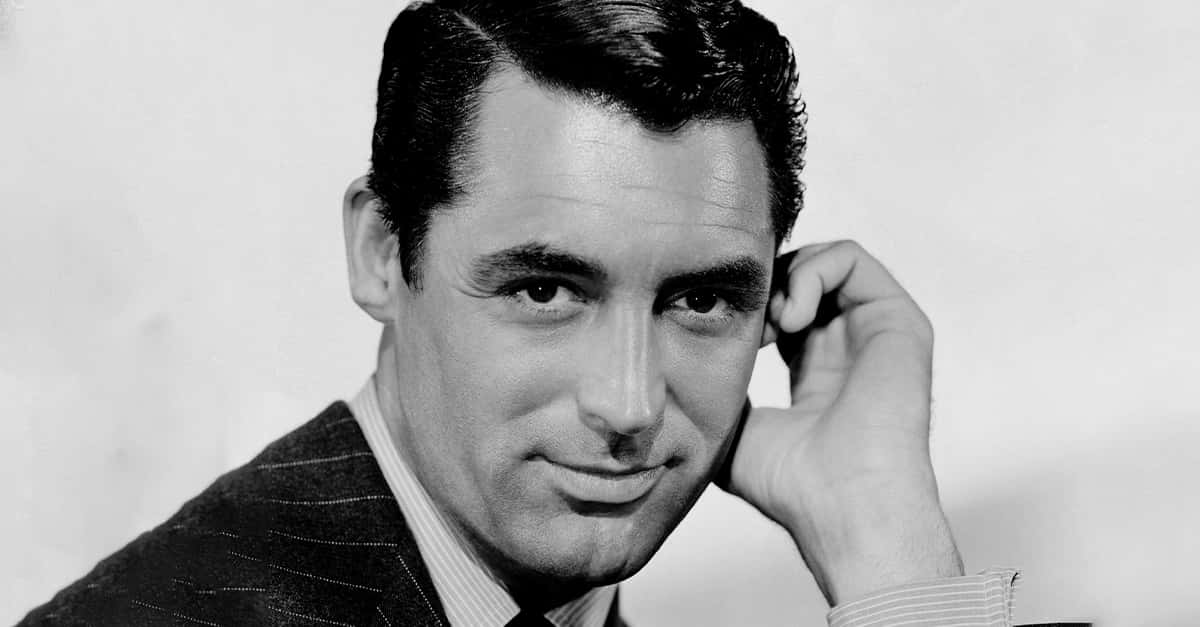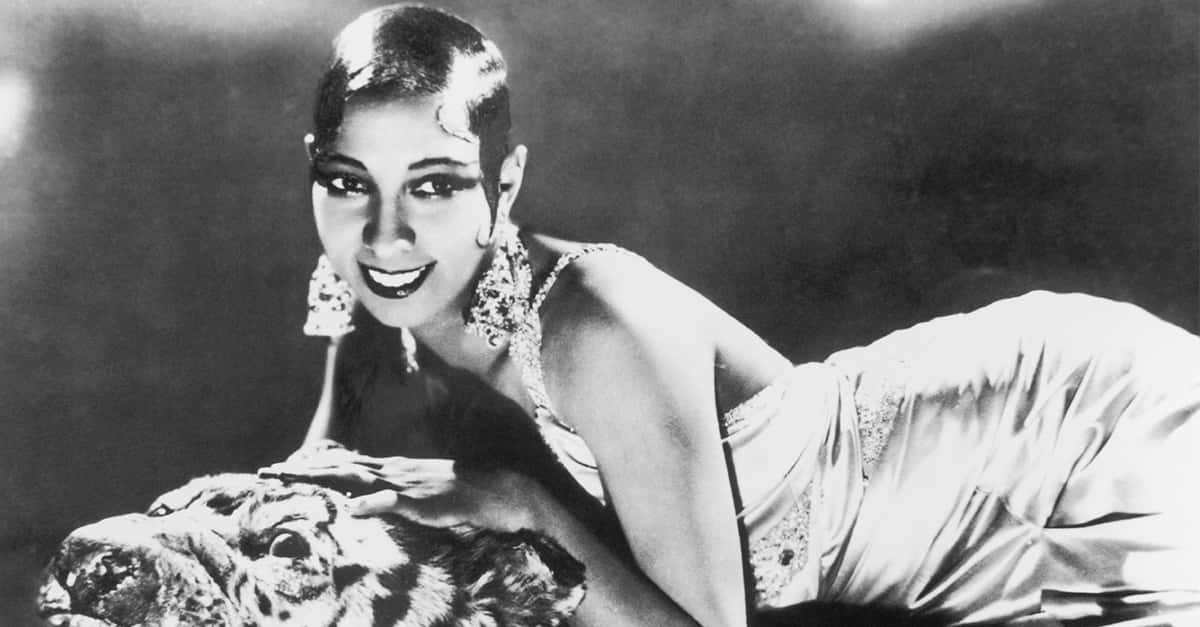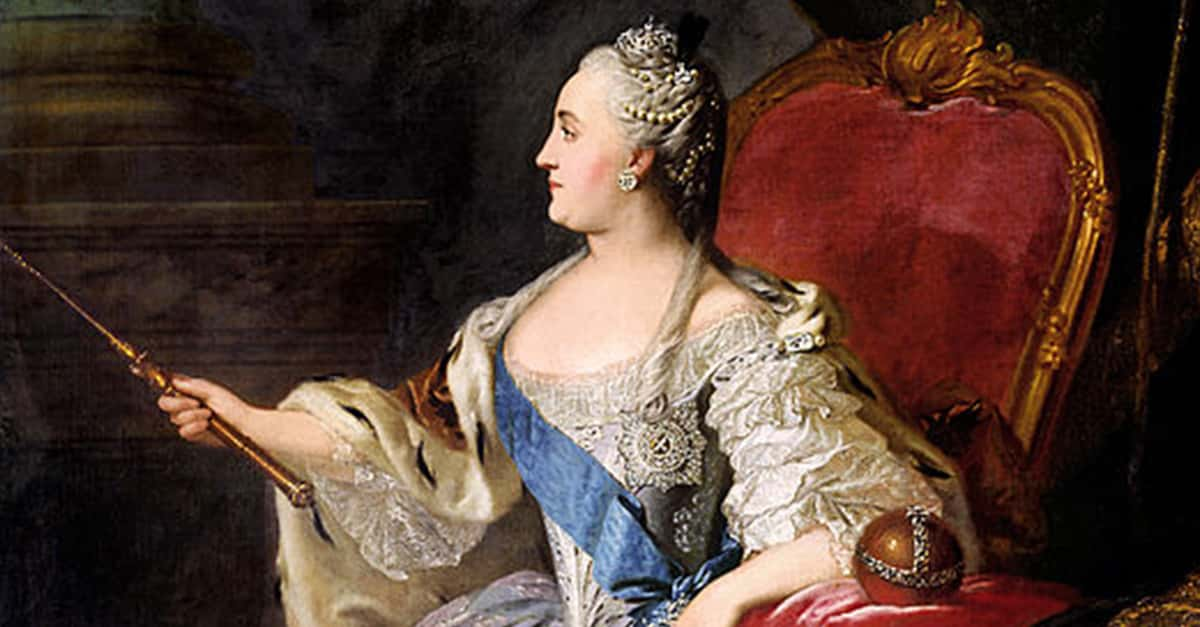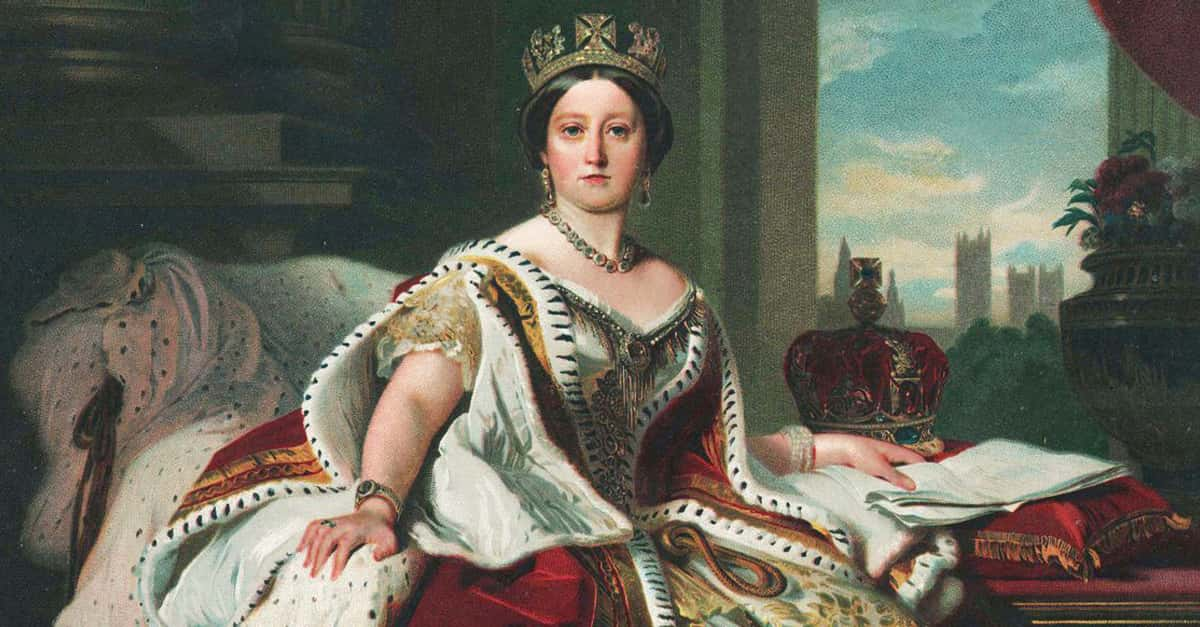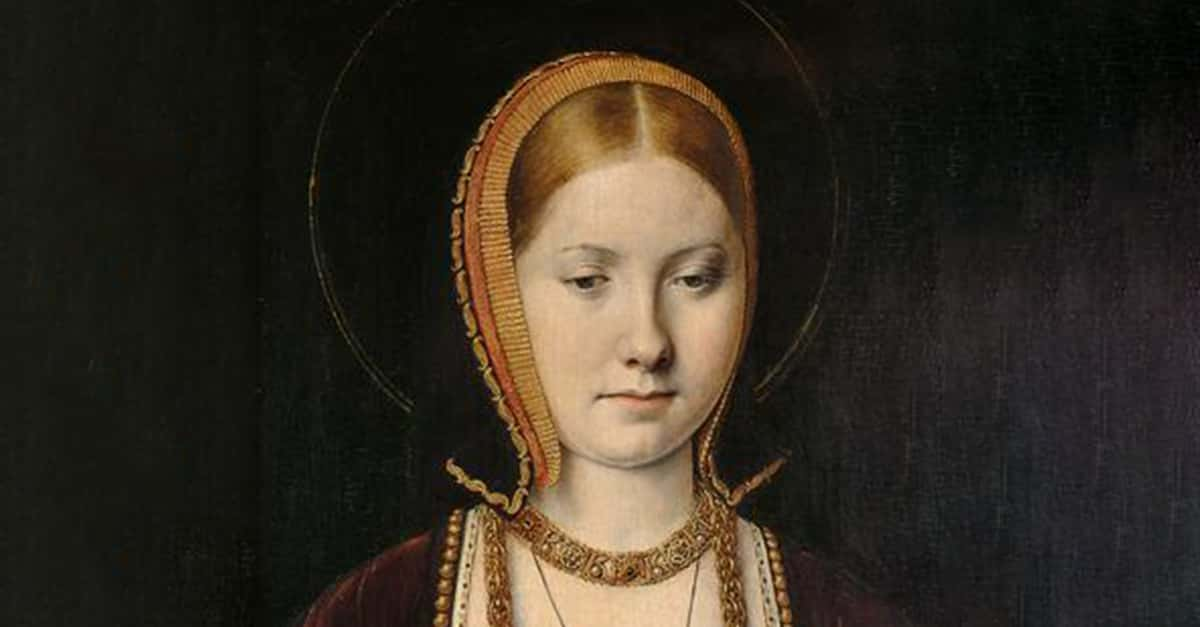“When real music comes to me—the music of the spheres, the music that surpasseth understanding—that has nothing to do with me, 'cause I'm just the channel. The only joy for me is for it to be given to me, and to transcribe it like a medium...those moments are what I live for".
John Lennon was best known as a Beatle, but he also gained fame and notoriety for his promotion of peace and for his eccentricities. Taken from this world far too young, we’ll never know what more he could have offered the world. Read on to find out more about the life and legacy of the legendary singer-songwriter.
1. What a Way to Make an Entrance
John Winston Lennon was born in Liverpool during a German air raid in World War II on October 9, 1940. Later in life, he would add “Ono” to his name to honor Yoko Ono.
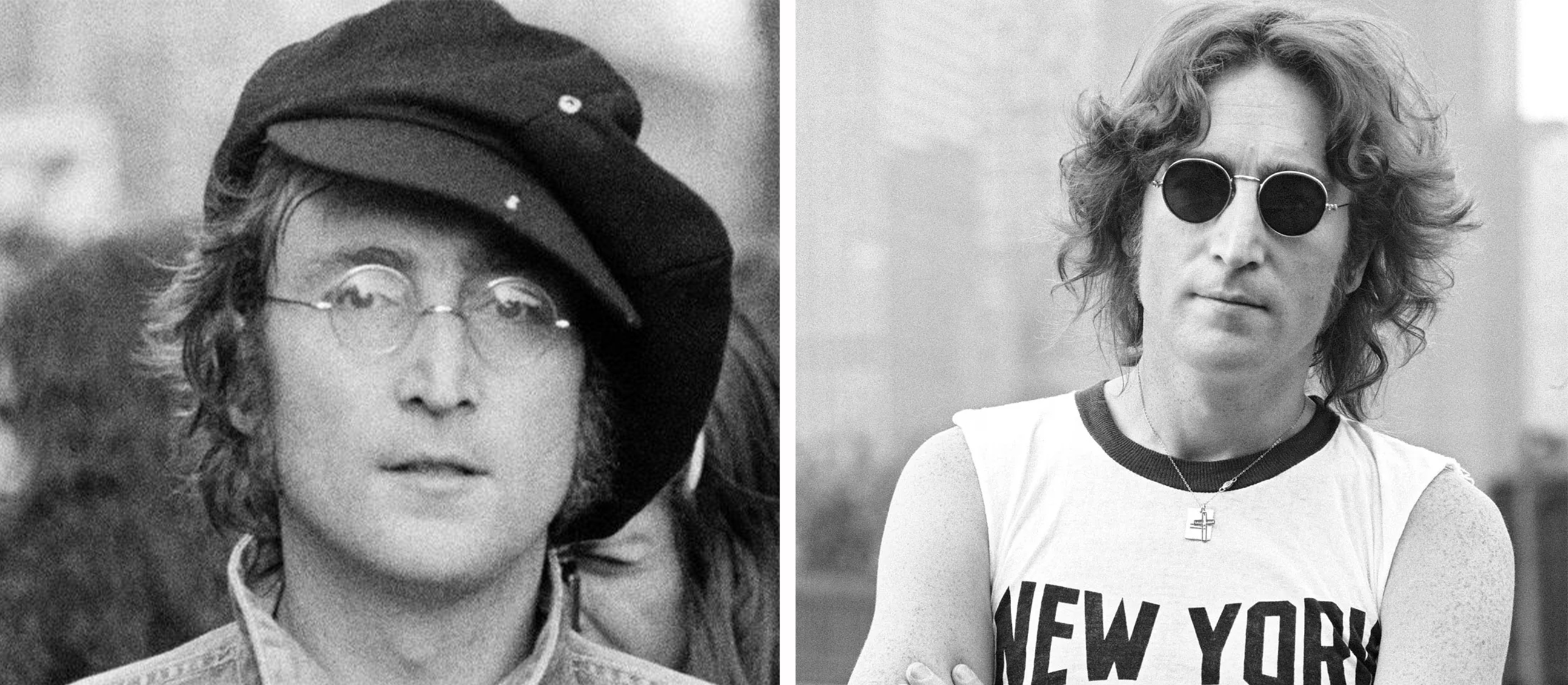
2. Broken Home
Lennon went to live with his Aunt Mimi when he was four years old after his parents divorced. His father hadn’t really been around much, and he wasn’t even there for his son’s birth.
3. A Mother’s Touch
Though his mother, Julia, remarried, she did visit Lennon and Mimi regularly. Julia would teach her son how to play the banjo and piano, and even bought him his first guitar. Sadly, an off-duty law enforcement officer hit Julia with a car and took her life in 1958, which absolutely devastated and traumatized Lennon.
4. He Didn’t Schooling Where He Was Going
Lennon was a bit of a troublemaker when he was young, and often pulled pranks. In his youth, he expressed a creative ability with drawings of grotesque figures. He didn’t have great grades in school, but his teacher believed he could go on to college for art.
5. Finding His Niche
When he was 16, he started a band called The Quarrymen. Not long after creating the band, Lennon would meet one Paul McCartney at a church event, and invited him to join his band.
6. Building a Band
McCartney brought George Harrison into the fold the following year, and Lennon then brought along a art college friend, Stuart Sutcliffe. In 1960, Pete Best joined as a drummer.
7. In the Beginning
The Quarrymen’s first recording was a cover of Buddy Holly’s “That’ll Be the Day” in 1958. In fact, It was Holly's group, the Crickets, that inspired the original name of "The Beetles," which they later changed to, you guessed it, "The Beatles".
8. The Beatles Were Born
The Beatles often performed at the Cavern Club in Liverpool, and they were discovered there in 1961. Brian Epstein got them a deal with EMI, and the band replaced Best with Ringo Starr. Their first single, “Love Me Do,” was released in October 1962.
9. Inspiration From Likely Places
“Please Please Me” was band’s second single, which Lennon wrote with inspiration from both Roy Orbison and Bing Crosby. Lennon loved the line “Oh, please, lend your little ears to my pleas,” from Crosby’s song “Please".

History's most fascinating stories and darkest secrets, delivered to your inbox daily.
10. Natural Born Leader
The band’s first album was also called Please Please Me, and Lennon and McCartney contributed to eight of the 14 songs.
11. The Big American Break
February 9, 1964 saw The Beatles appearing on The Ed Sullivan Show, becoming the first British band to really make it in the US. They would pave the way for other British bands like The Rolling Stones and The Kinks during the British Invasion.
12. Film Stars
The band filmed A Hard Day’s Night, their first movie, after returning to Britain, and would film their second movie Help! not long after.
13. Drug Trippin’
Early in 1965, Lennon, Harrison, and their wives were unknowingly given psychedelics at a party. Lennon took to the substance, and spent a lot of 1967 under its influence. The band’s eighth studio album, Sgt. Pepper's Lonely Hearts Club Band, featured the song “Lucy in the Sky with Diamonds".
14. No Thanks!
The Queen announced in June, 1965 that The Beatles would be named Members of the Order of the British Empire. Later, Lennon gave his back in protest against war.
15. By the Numbers
In August, 1965, The Beatles set an attendance record when they performed for some 55,600 fans at Shea Stadium in New York.
16. The End Was in Sight
Lennon made a controversial comment about the band being more popular than Jesus, which sparked some pretty big backlash. In the US bible-belt, Beatles record-burnings would take place, and their popularity would take a hit. The Beatles' last live concert would be on August 29, 1966 in San Francisco.
17. Gracing the Cover
Even with this drop in the popularity of the Beatles, Rolling Stone chose Lennon as the cover of their first-ever publication in 1967.
18. …Twice
On the day he perished, Lennon was photographed for another cover of Rolling Stone by Annie Leibovitz. The iconic photo shows an undressed Lennon with a fully clothed Ono.
19. Keep it on the Downlow, Guys
Before he married Ono, Lennon was married to Cynthia Powell in 1962 when he was only 22 years old. Powell had to keep a low profile during the height of Beatlemania, and the couple would divorce in 1968. Together the two had a son, Julian, who was named after Lennon's mother.
20. Sweet, Sweet Fantasy
Lennon had a bit of an infatuation, if you will, with French actress Brigitte Bardot. Before their relationship, Powell even changed her appearance to look like Bardot in order to attract Lennon, dyeing her hair blonde.
21. Anger Management Issues
Lennon was known to be jealous and possessive, and often lashed out with physical violence. After he met Ono, he was ashamed of this behavior. As he once said, “I used to be cruel to my woman, and physically—any woman. I was a hitter. I couldn't express myself and I hit. I fought men and I hit women. That is why I am always on about peace".
22. Artistic Affairs
Lennon first met Ono in 1966 at the Indica Gallery in London. The two started talking frequently, and ended up sleeping together one night while Powell was out of town. When Powell came home and found Ono wearing her bathrobe and drinking tea with her husband, Lennon apparently said simply, "Oh, hi".
23. Ono? Oh No…
Lennon and Ono had their own iconic moments, including their famous bed protest and their song "Give Peace a Chance" as the Plastic Ono Band. The song was recorded in 1969 in a hotel room in Montreal, Quebec with Norman Mailer, Tom Smothers, and Timothy Leary as backing vocals in the chorus.
24. The Beatles Breakup
Lennon left The Beatles that year, after the recording of Abbey Road. McCartney also left the band in April, 1970, a month before Let it Be was released. It was only then that the public learned of the band’s breakup.
25. Going Solo
Lennon would release his first solo album, John Lennon/Plastic Ono Band in 1970. Imagine would follow in 1971, bringing major success and acclaim.
26. Battle of the Bandmates
After the break up, Lennon took some digs at McCartney, especially in the lyrics to his song “How Do You Sleep?” They battled publicly for three years before they eventually made up, but would never record together again. Just days before his passing, Lennon said of his former band-mate, “throughout my career, I've selected to work with...only two people: Paul McCartney and Yoko Ono...That ain't bad picking".
27. Twice Denied
Lennon was never able to go on tour as a solo artist. The first one, planned for 1972, was cancelled because of his ongoing immigration struggle, and he was slain before he could embark on his planned 1981 tour.
28. What Did You Say Your Name Was?
Lennon used quite a number of colorful pseudonyms throughout his career, including Dr. Winston O'Boogie, Booker Table, Dwarf McDougal, Rev. Fred Ghurkin, Dr. Dream, and Kaptain Kundalini.
29. Let’s Get Political
In the fall of 1971, Lennon and Ono moved to the US, but Lennon was constantly threatened with deportation from the Nixon administration. Although the immigration difficulty allegedly came from Lennon's 1968 drug conviction, declassified government documents revealed that this persecution was actually because of his anti-Vietnam war views. In 1976, two years after Nixon resigned, Lennon received permanent residency.
30. Unwanted Stress
The fight for his immigration status would take a toll on his marriage to Ono. The two separated in 1973.
31. In the Meantime
During the whole residency issue, he still continued to record albums and songs, even collaborating with the likes of David Bowie and Elton John. In 1972, Lennon put on a concert in New York’s Madison Square Garden in support of mentally challenged children.
32. Father for the Second Time
Lennon and Ono got back together in 1974 and had a son, Sean, who was born on Lennon’s 35th birthday in 1975. Elton John was named as Sean’s godfather, and Lennon decided to quit music in favor of being a better family man.
33. Making His Own Way
Before a trip to Hong Kong well into adulthood, Lennon had never booked his own flights, got his own hotel, or figured out his meals for himself while travelling.
34. The End of an Era
Just weeks after his album Double Fantasy was released, Lennon was gunned down outside his apartment in New York. When he was rushed to the hospital, doctors proclaimed dead on arrival. He was just 40 years old.
35. The Man Behind the Murder
Mark David Chapman, a disturbed fan, was apprehended and charged with the murder. Chapman shot Lennon four times at close range from behind, with the likely fatal shot hitting Lennon's aorta just above his heart. In 2016, Chapman was denied parole for the ninth time.
36. The Announcement
Lennon’s stunning demise was first announced during Monday Night Football by sportscaster Howard Cosell. The singer had actually made an appearance on the show in the mid-70s, and had given Cosell autographed, complete collections of the Beatles’ albums.
37. After
Lennon was cremated just one day after his passing. The location of his ashes, or what happened to them, is secret, and Ono does not speak about it. Instead of a funeral, Ono requested 10 minutes of silence and prayer on the Sunday after his demise. She also requested donations to charities in his honor.
38. Posthumous Honors
Fans around the world mourned Lennon’s passing, and his album sales skyrocketed. In 1988, Lennon was posthumously inducted into the Songwriters Hall of Fame, and to the Rock and Roll Hall of Fame in 1994.
39. Recognition at Home
The Liverpool Airport was renamed the John Lennon Airport in 2001, and later a Yellow Submarine replica was installed in front.
 Wikimedia Commons, calflier001
Wikimedia Commons, calflier001
40. Tributes for Their Former Friend
Lennon has had quite a number of either songs written about or referencing him. Among them, former bandmate McCartney wrote “Here Today,” while Harrison wrote “All Those Years Ago” for Lennon.
41. Family Man Until the End
John Lennon’s last words before murderer Mark David Chapman fired four bullets right into his back were about his son, Sean. Ono had asked him if they should go out for dinner, and he said, "No, let's go home because I want to see Sean before he goes to sleep".

